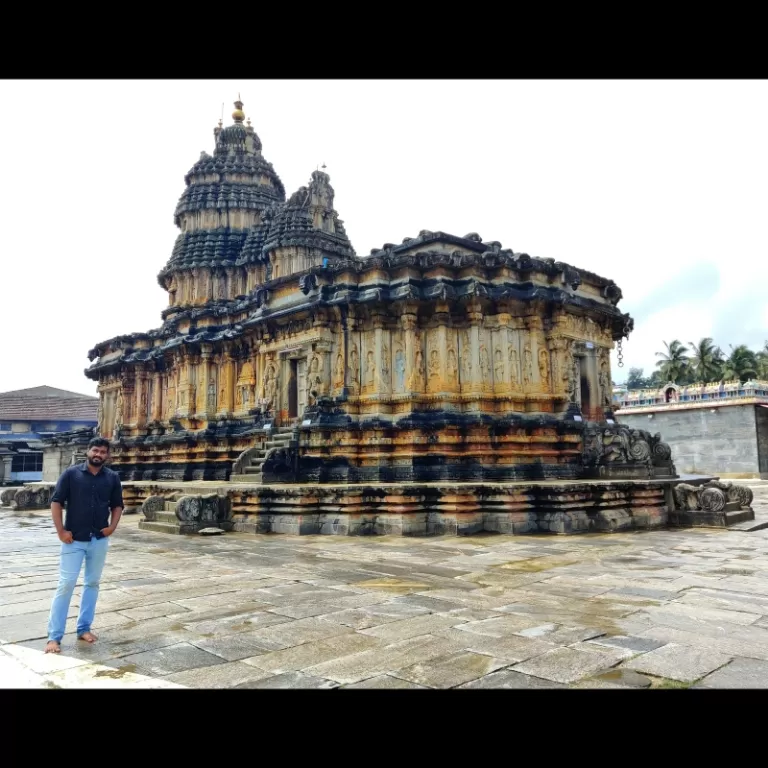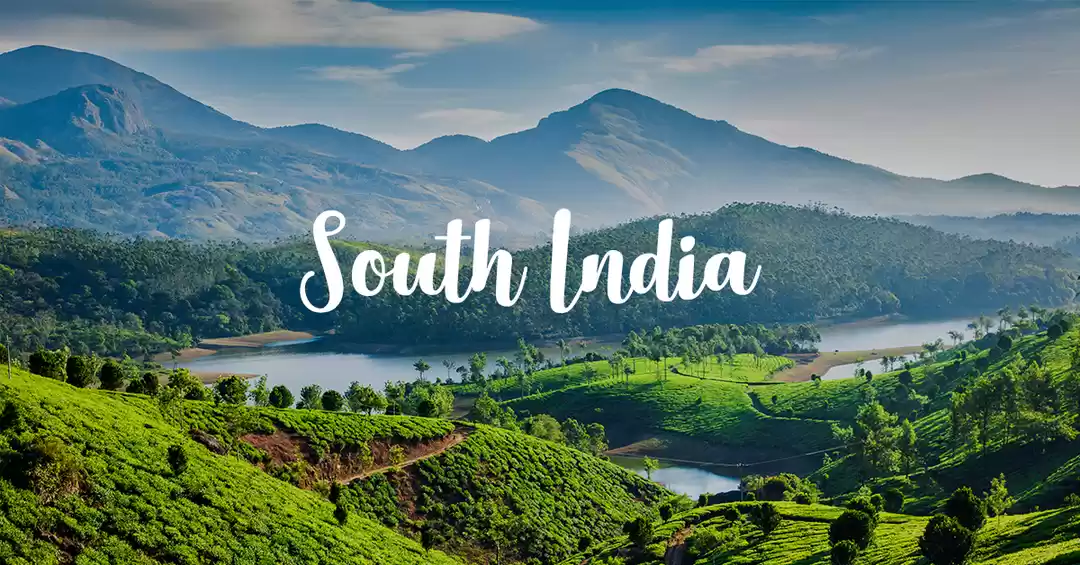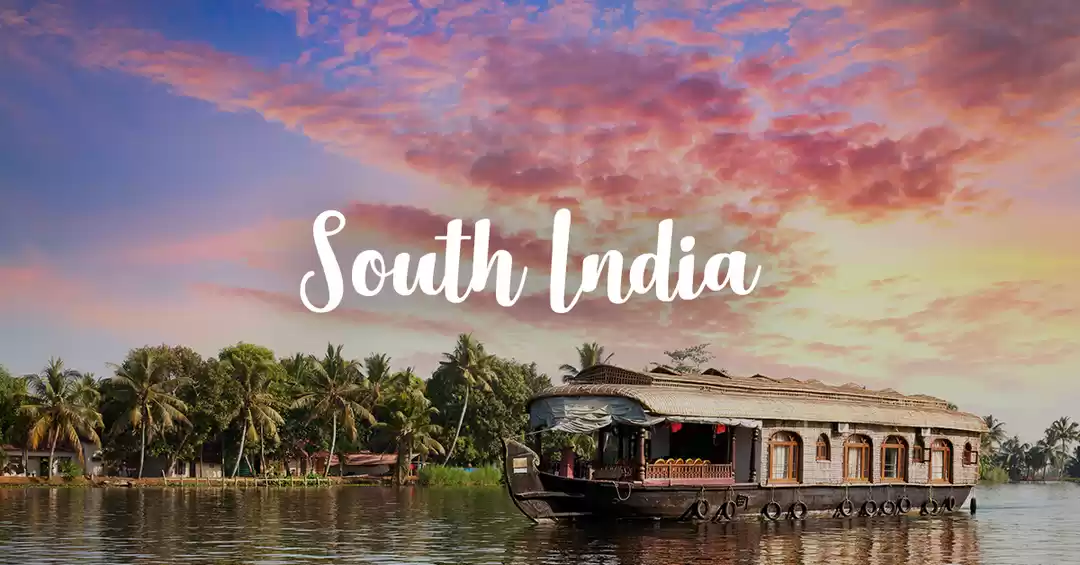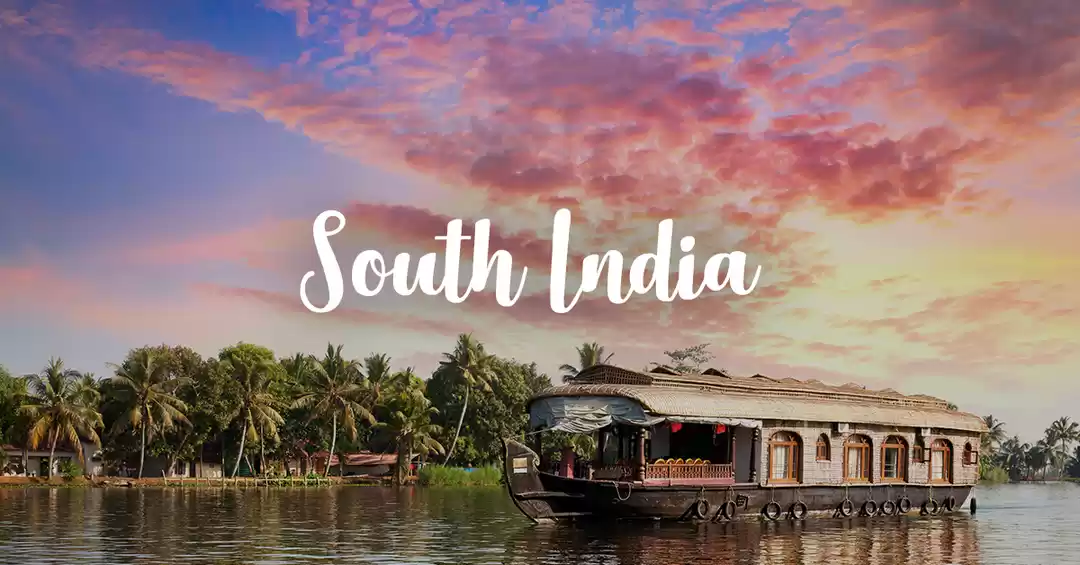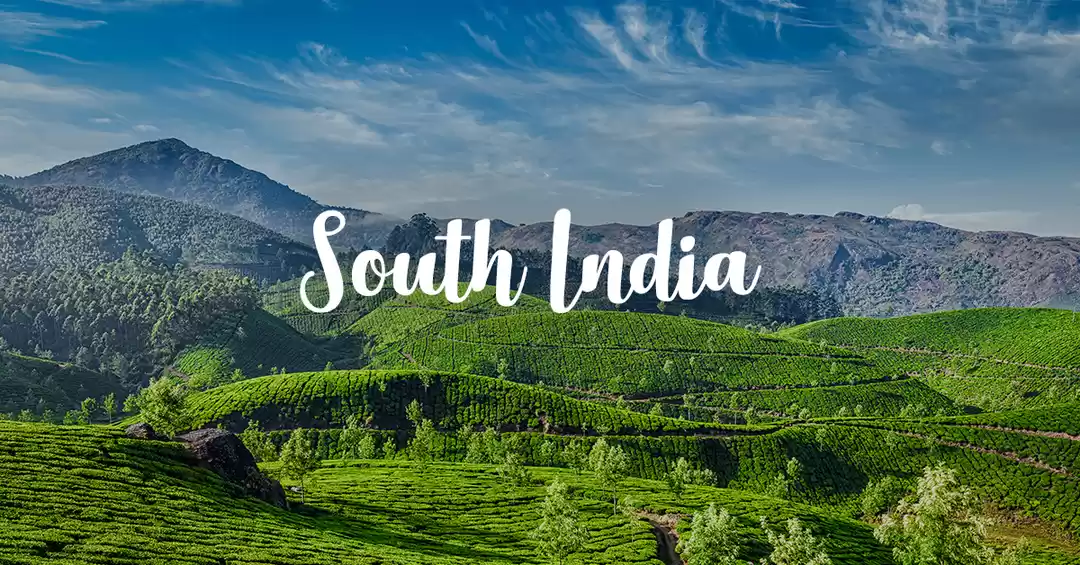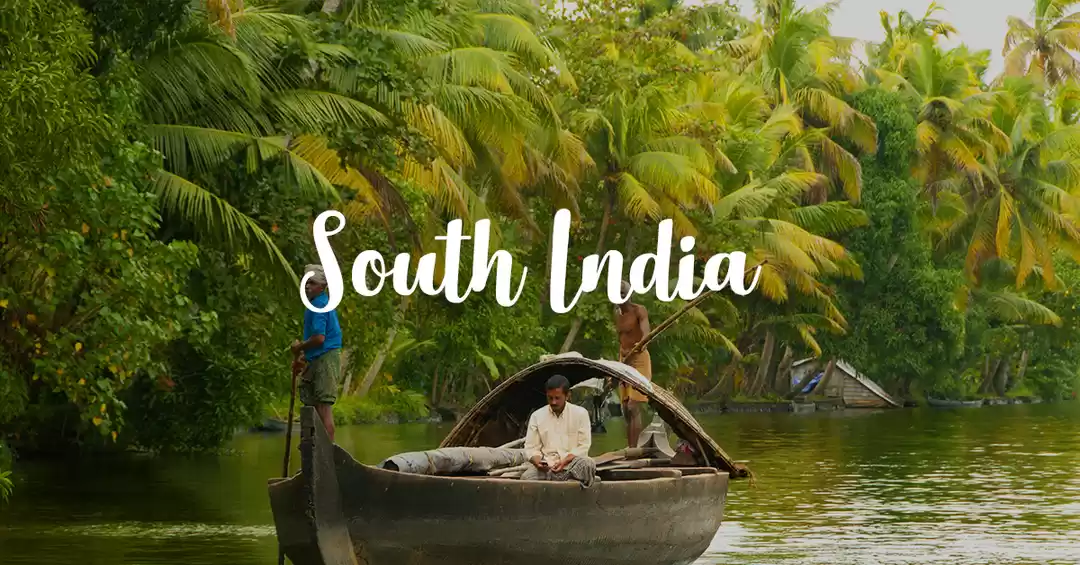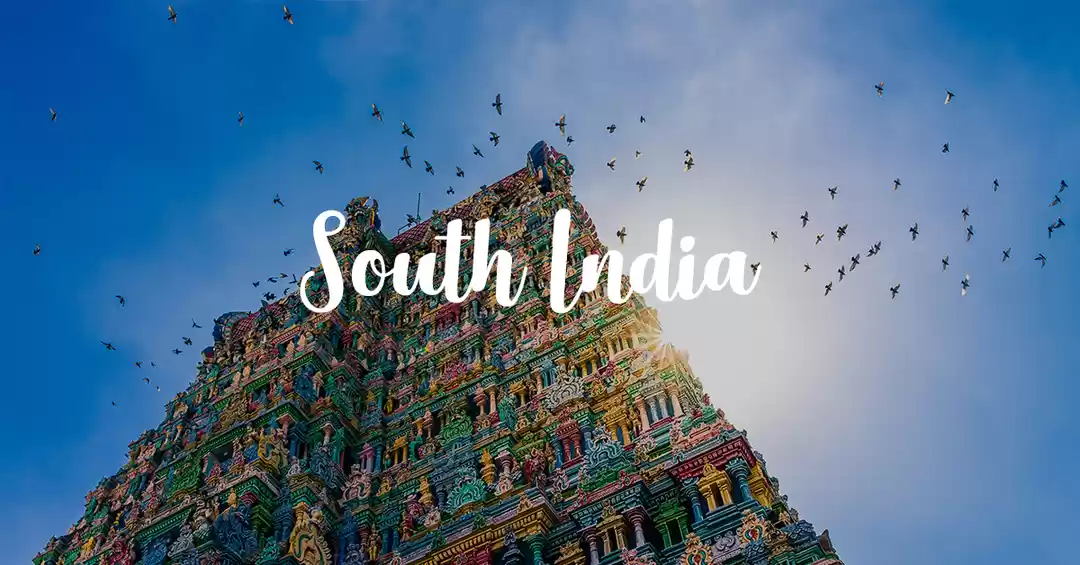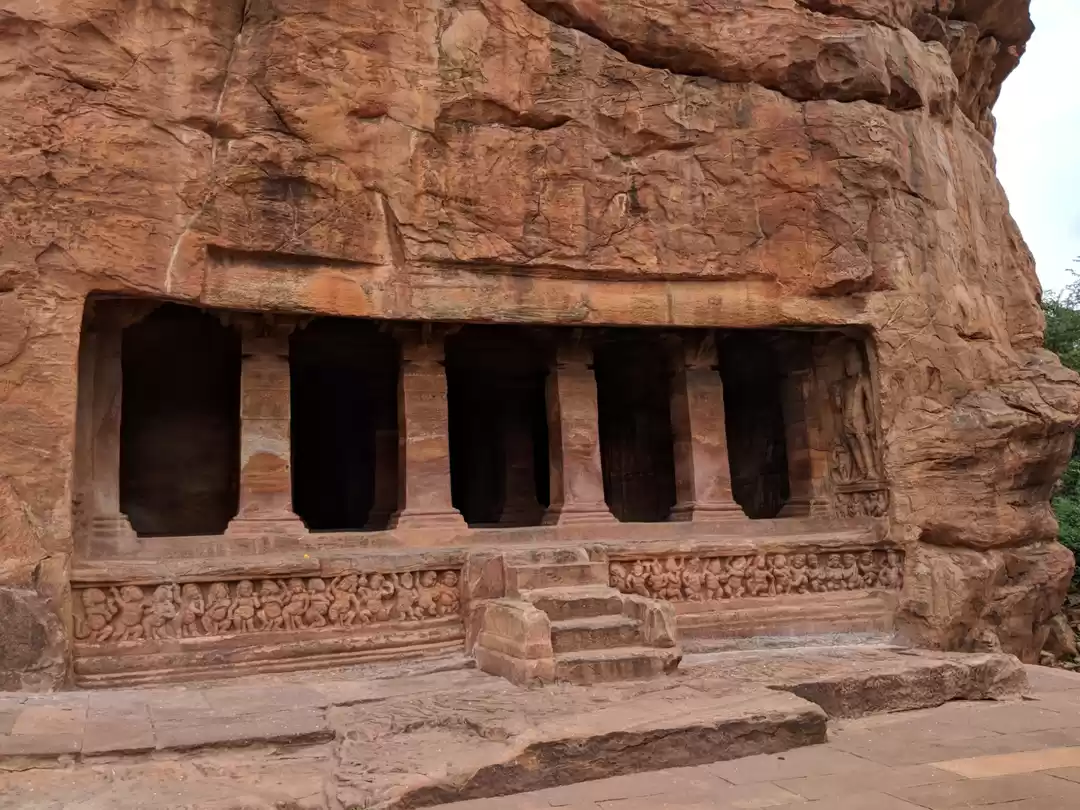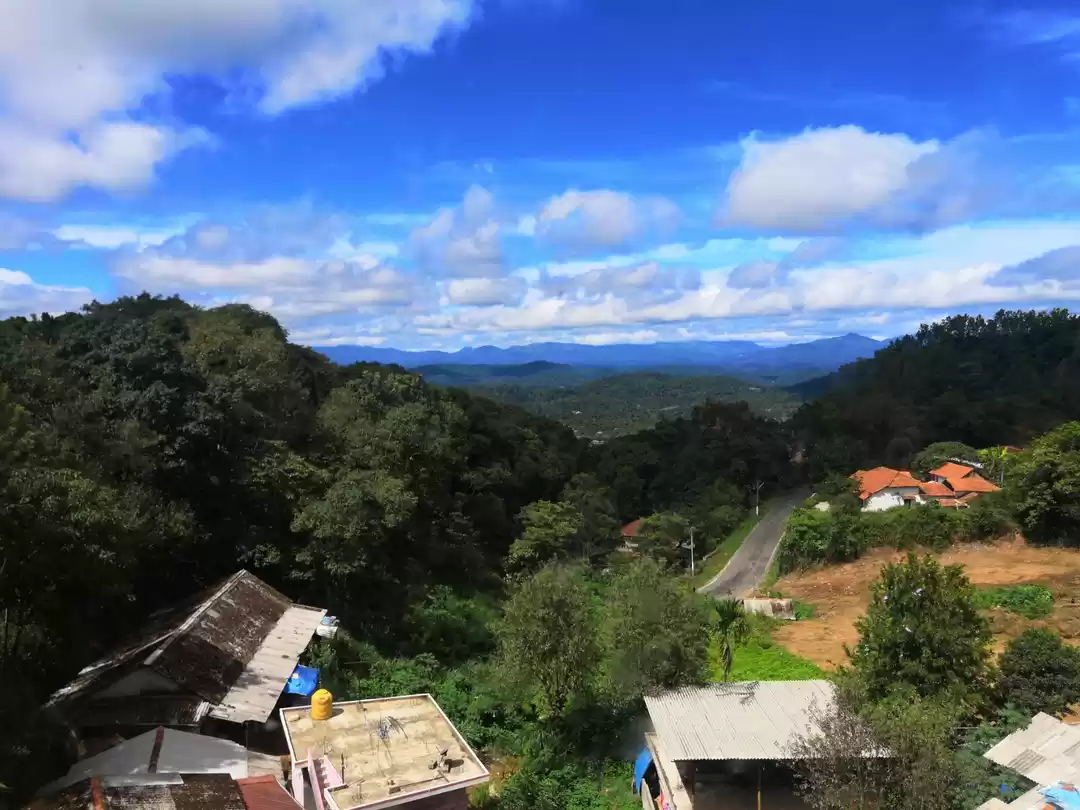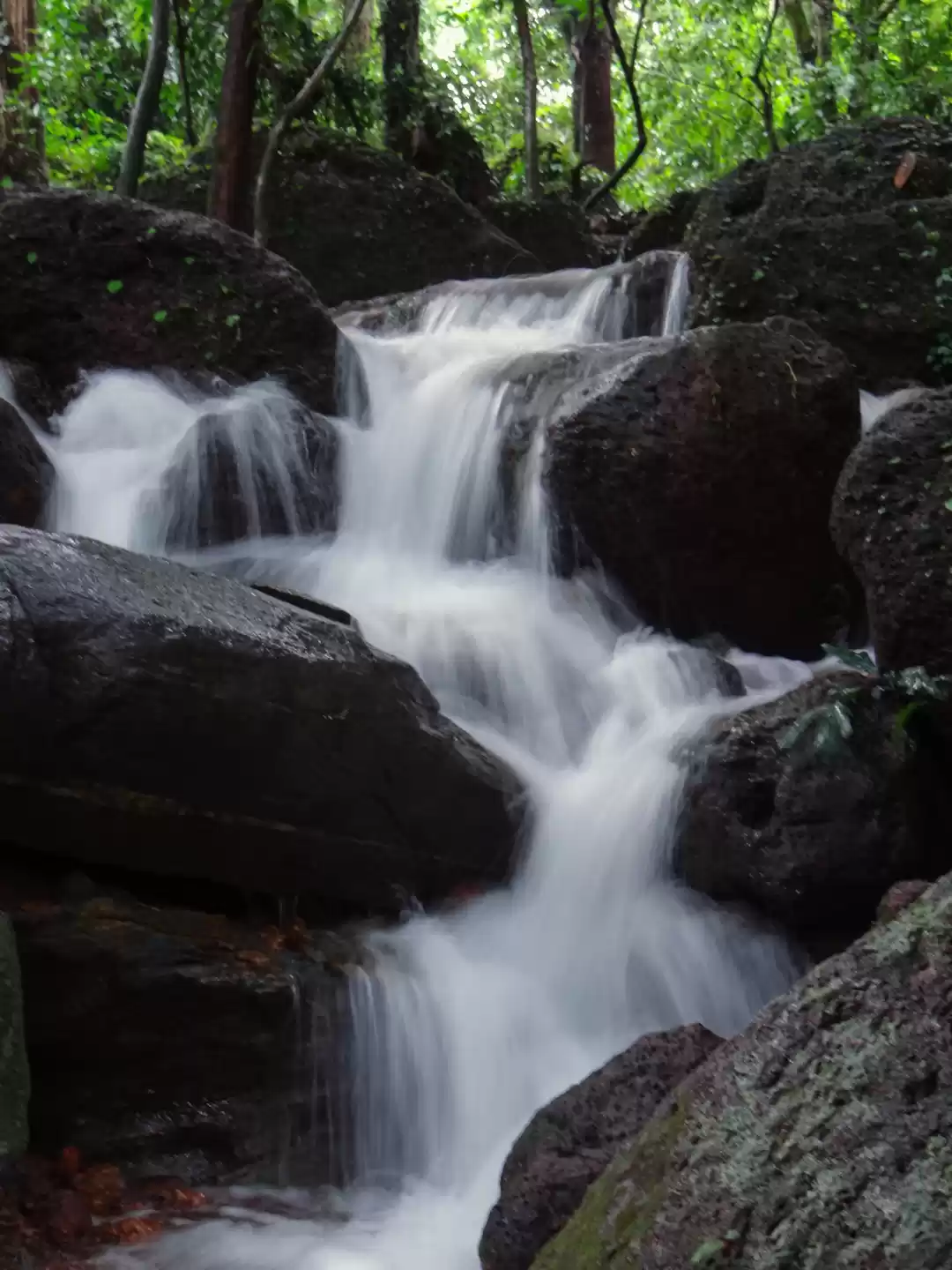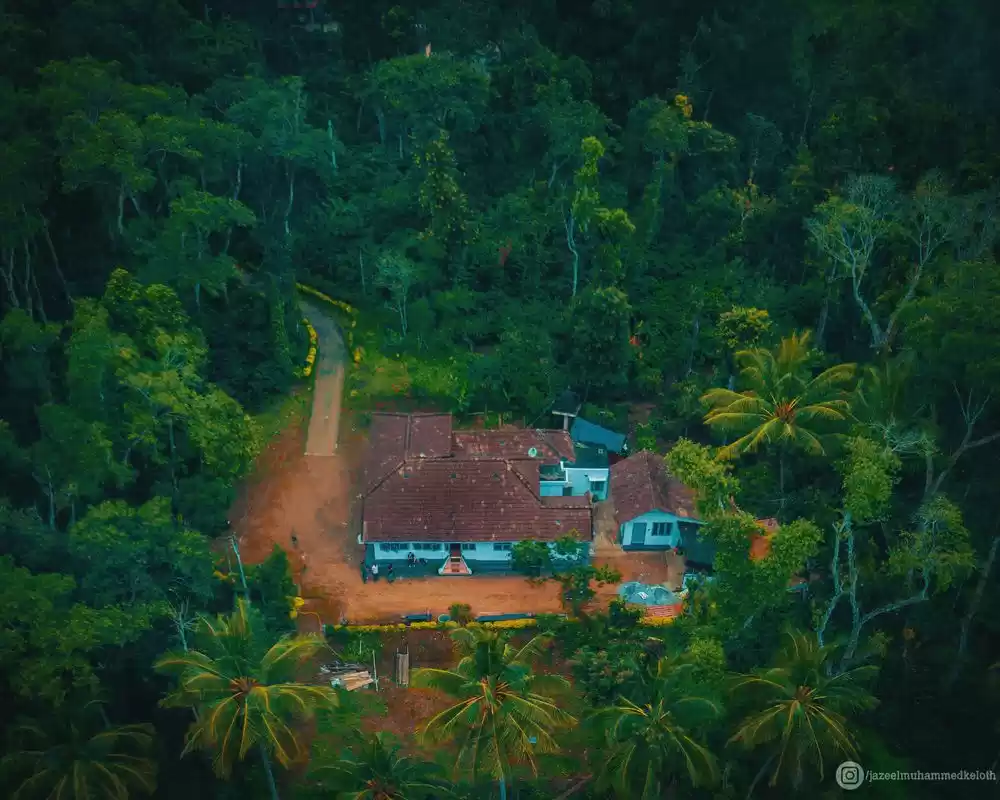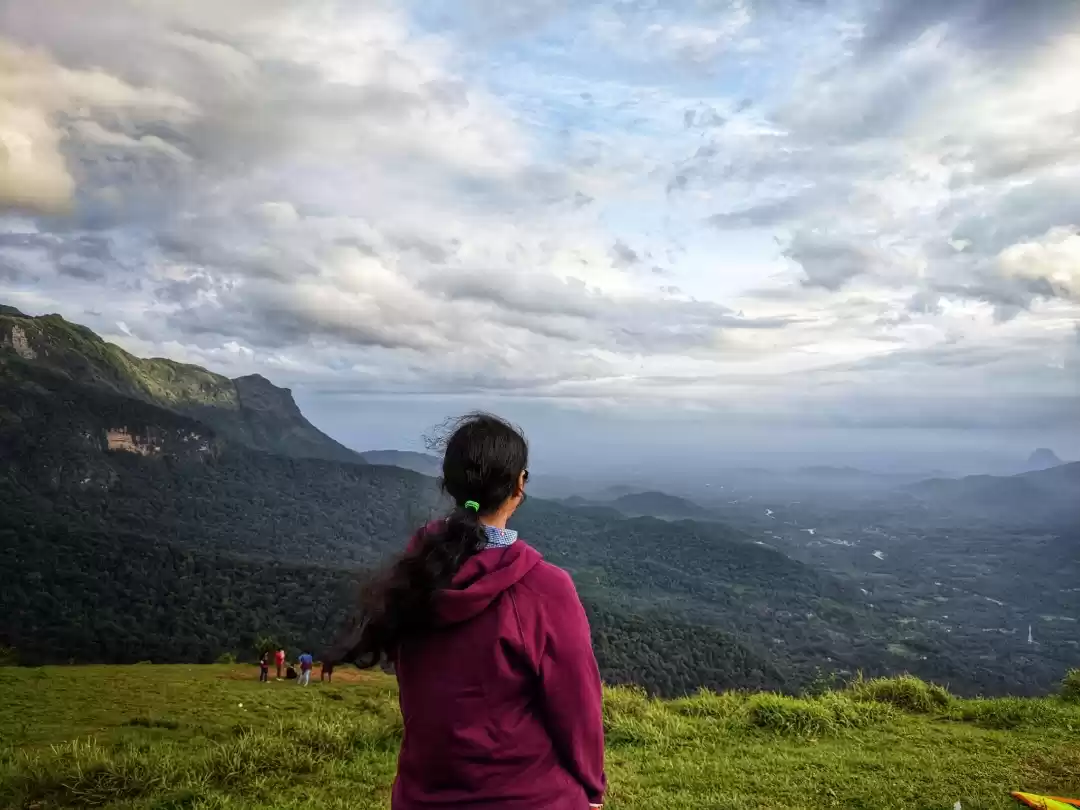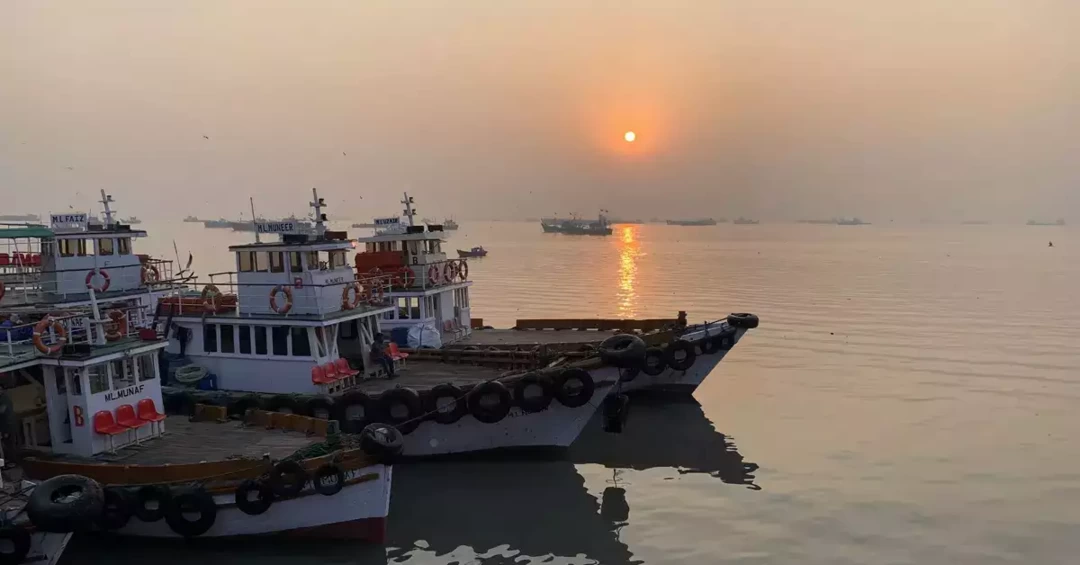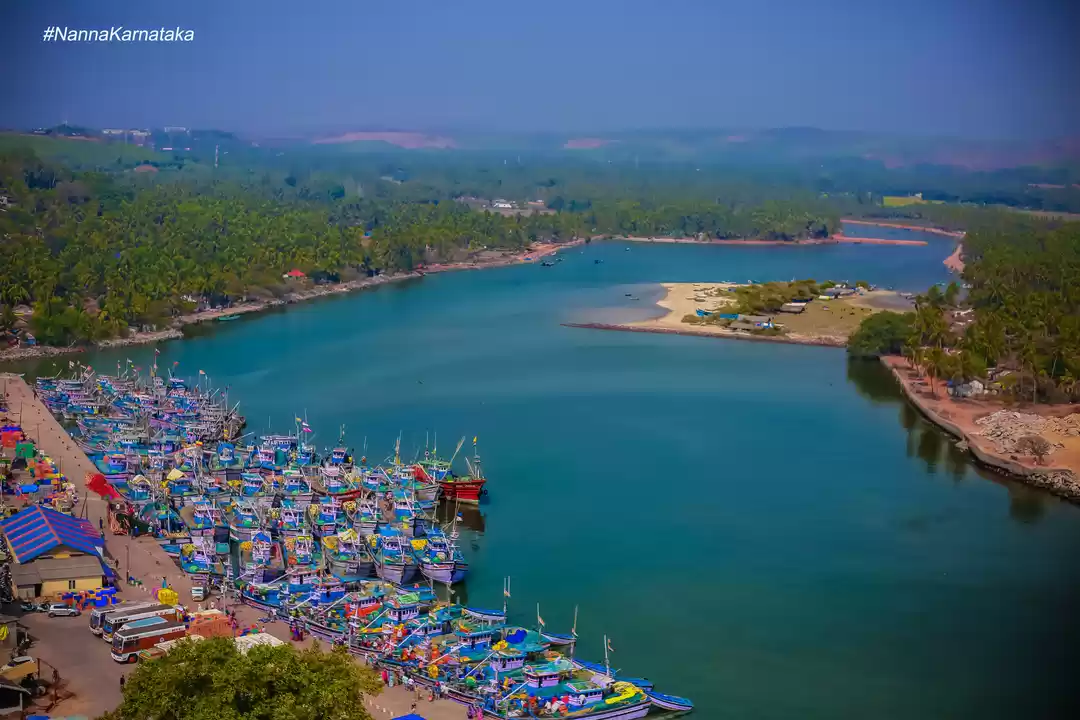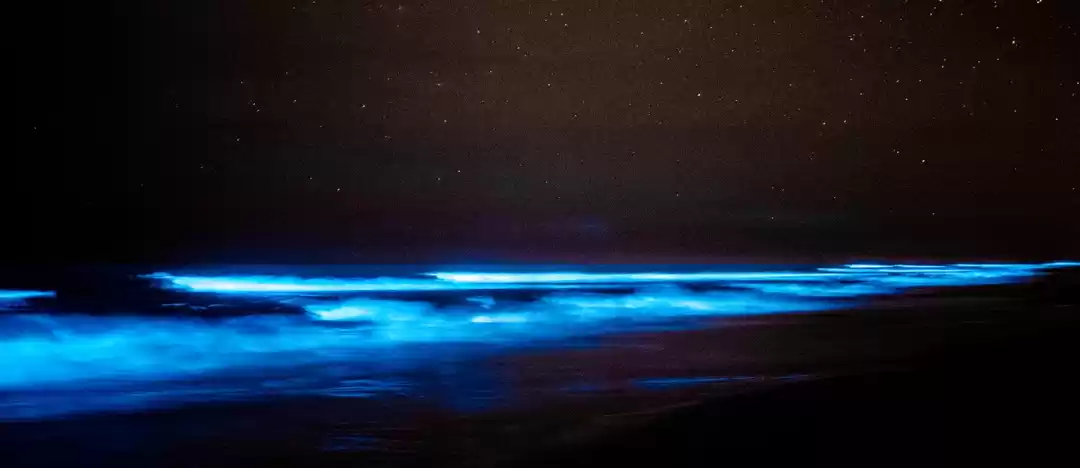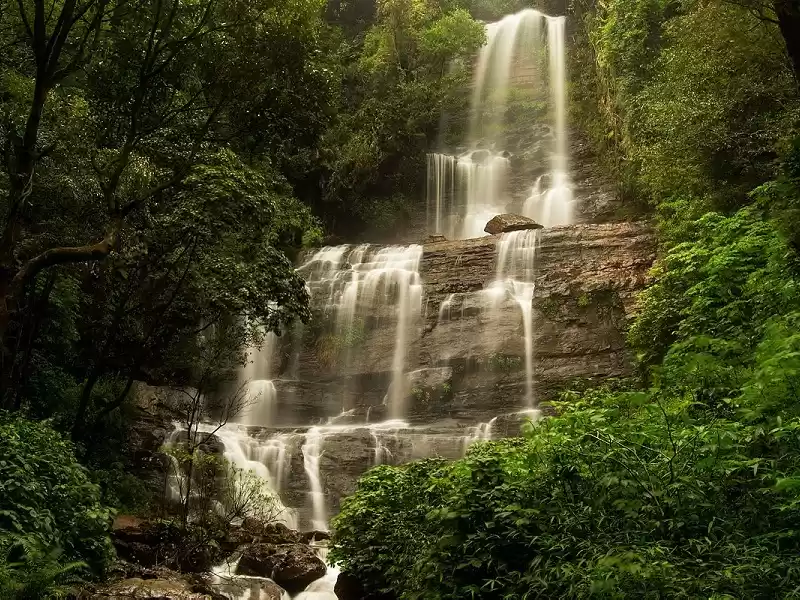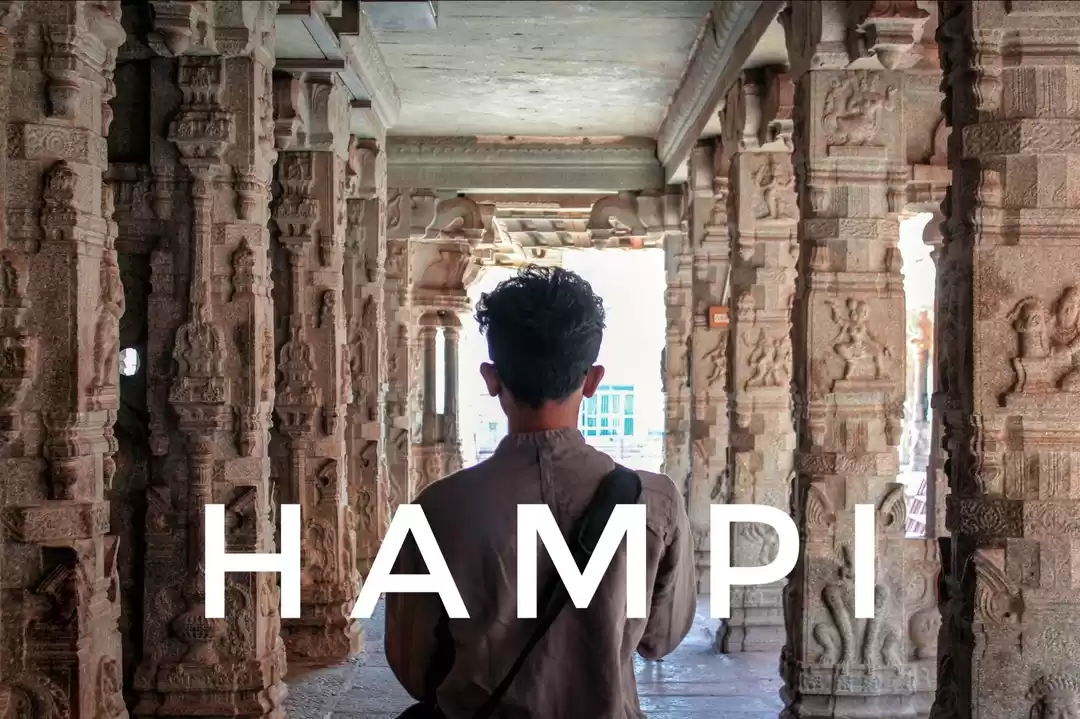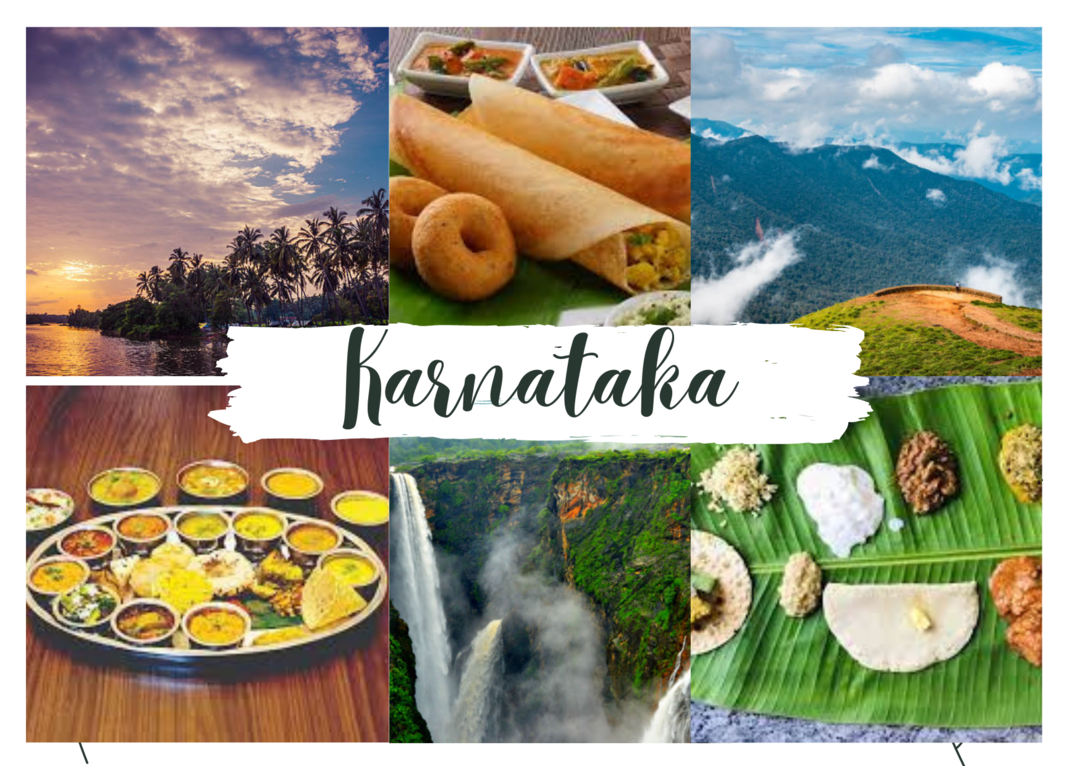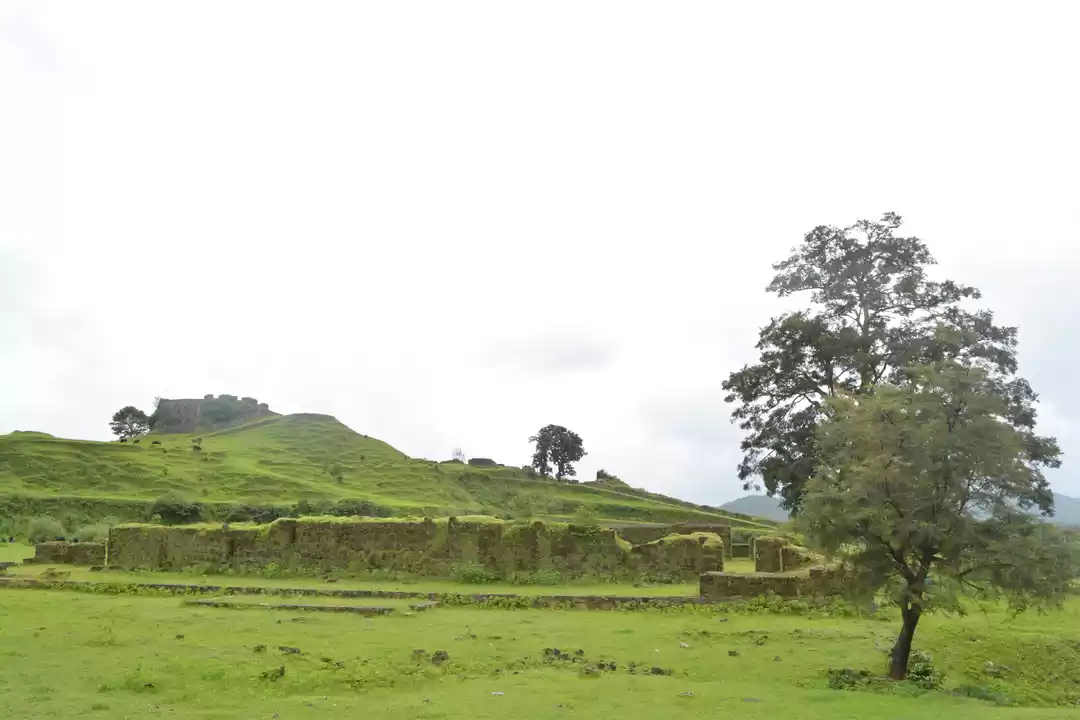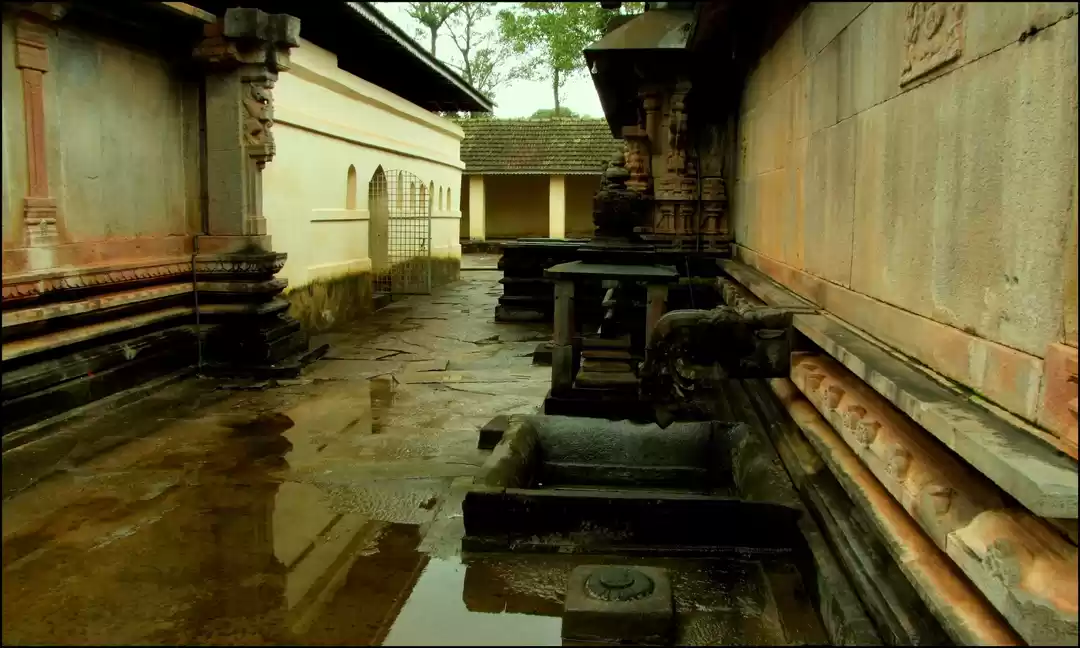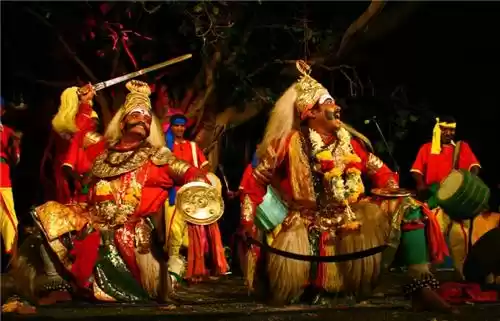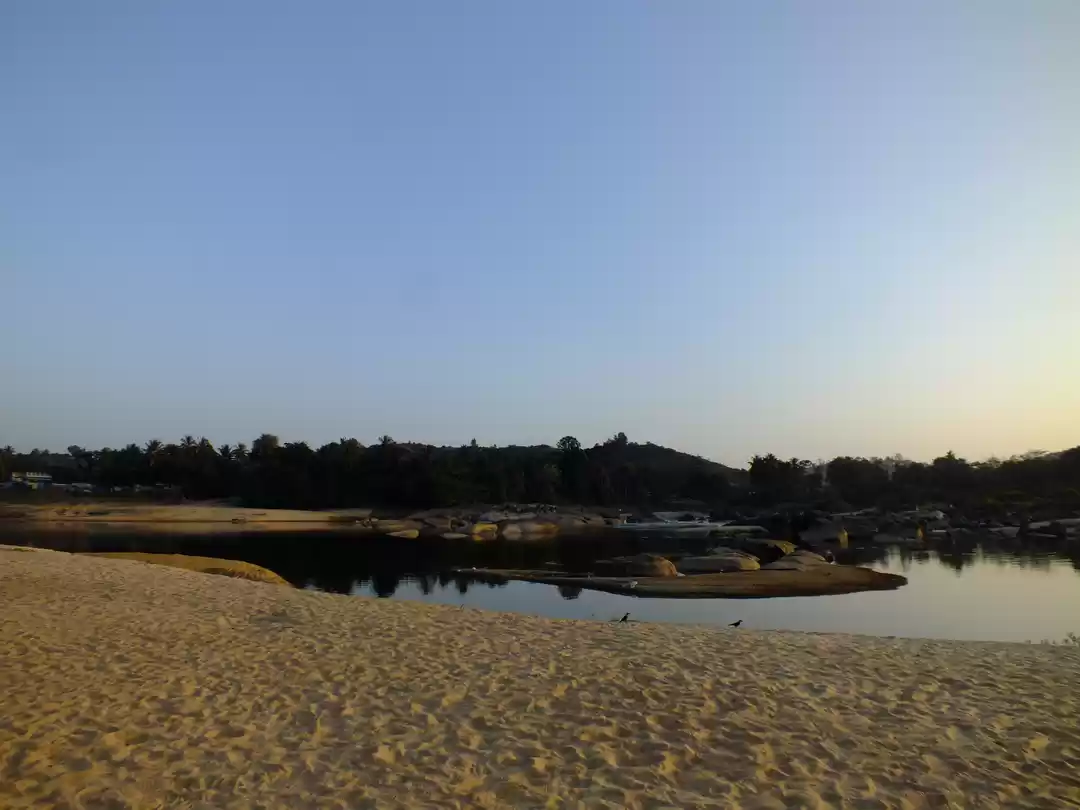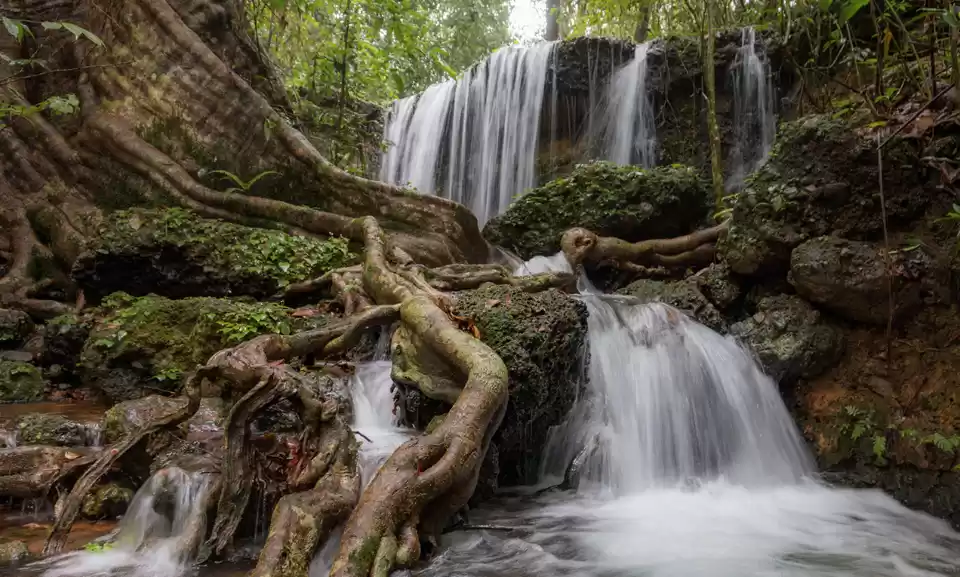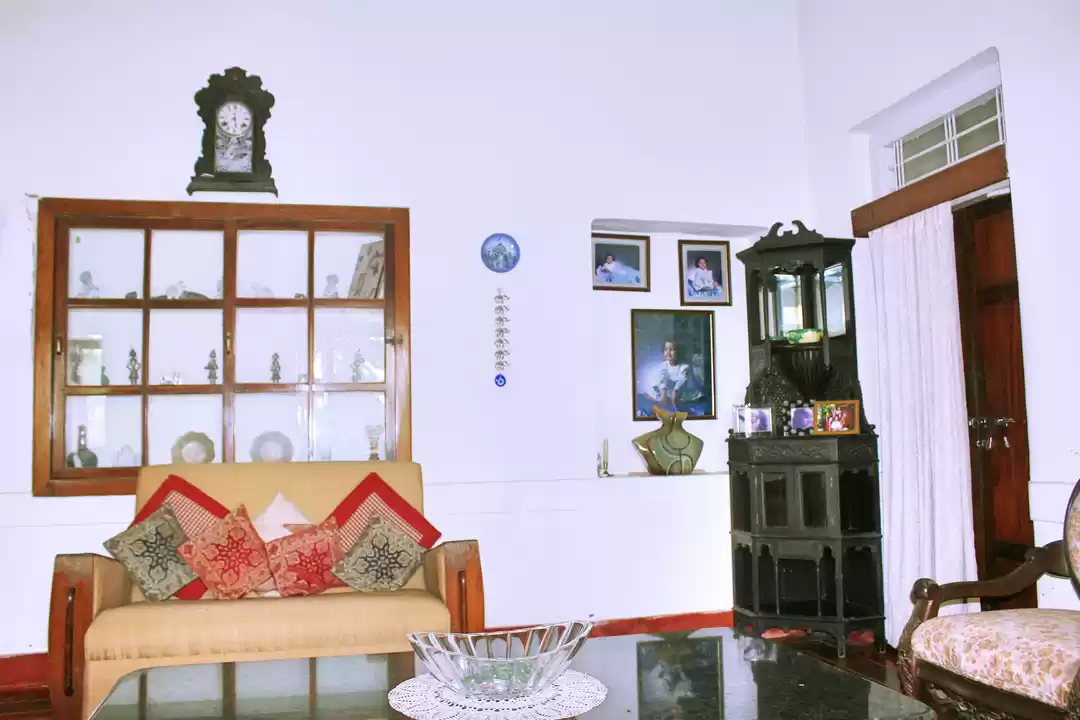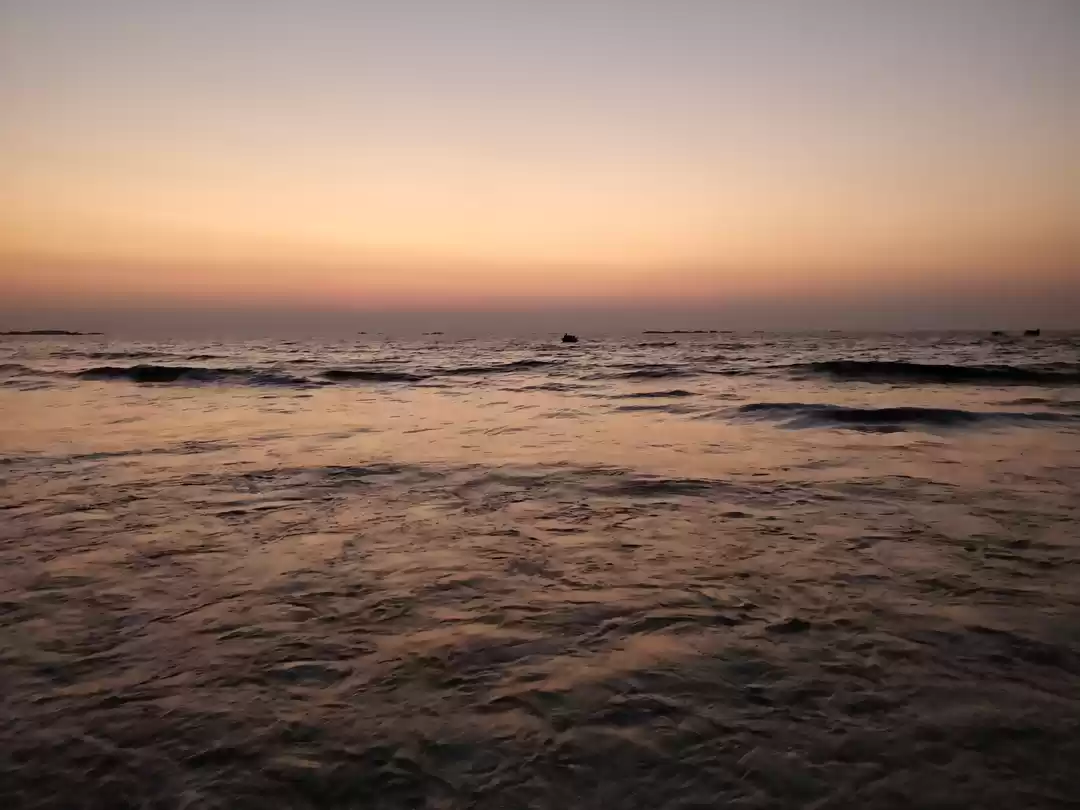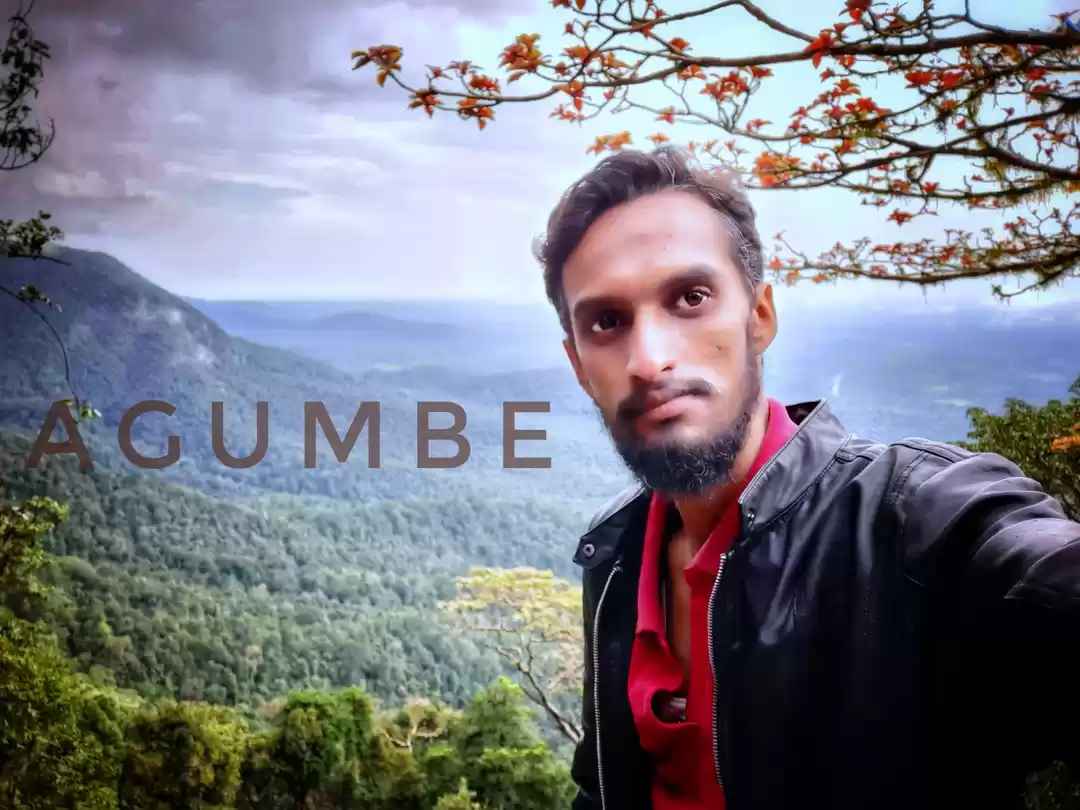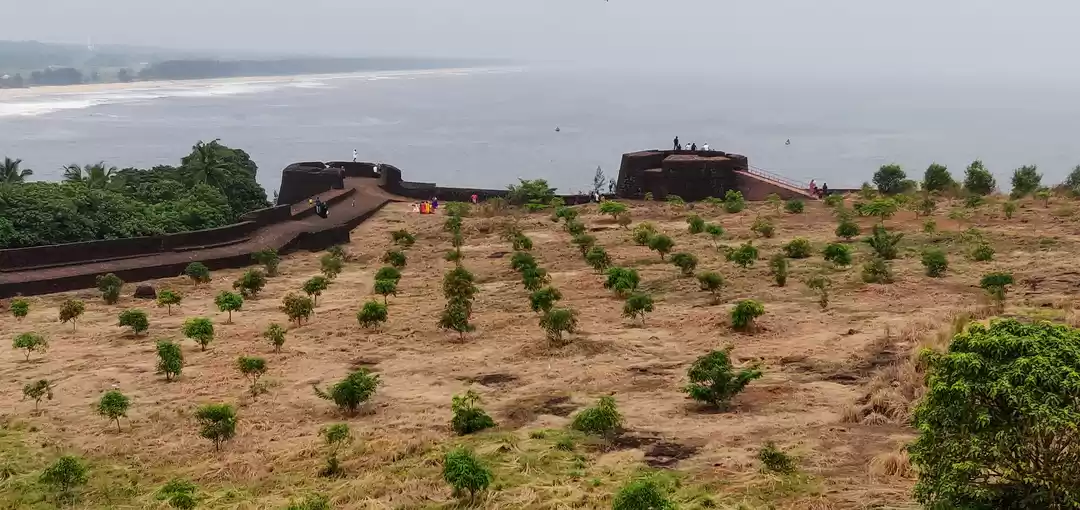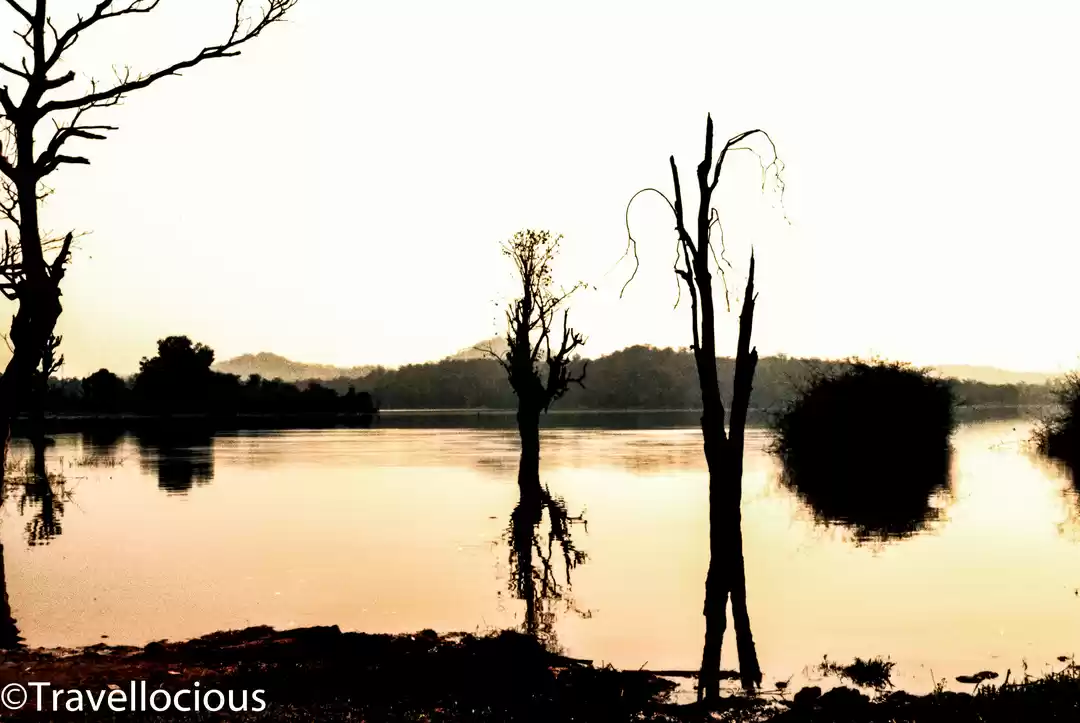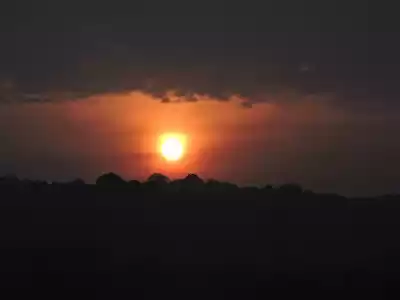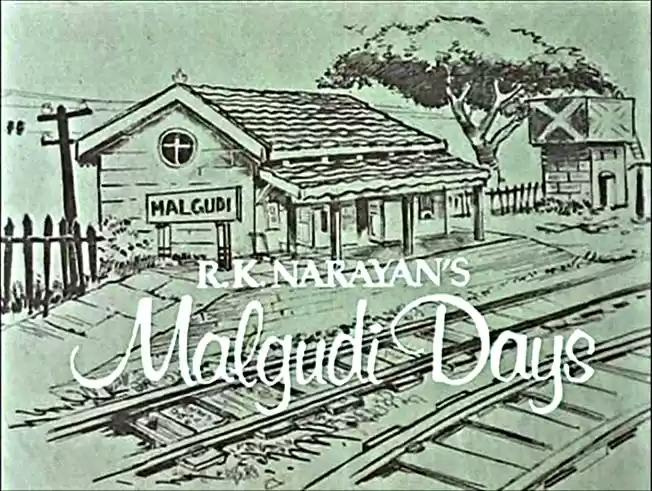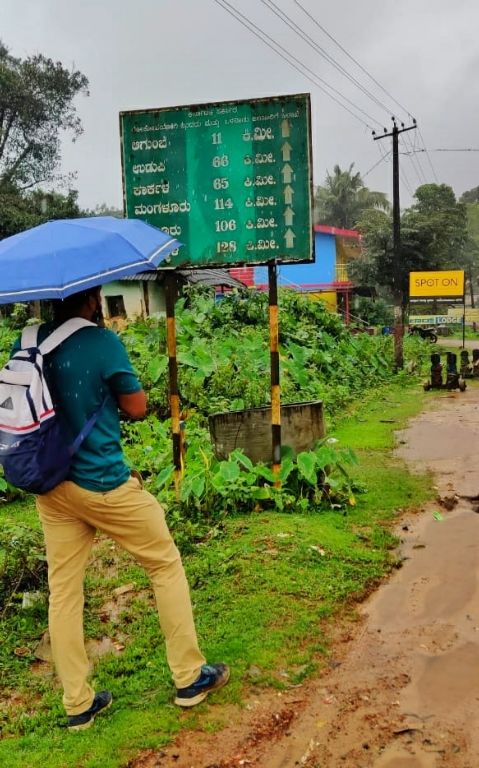
Malnad in Kannada precisely translates to Male Nadu, the land of the rain. However, the name is unfolded from Male (hill) and Naadu (region) in Kannada. The Western Ghats (also known as the Sahyadris), one of the bio-diversity hotspots in the world. It is a region known for its bio-diversity, endless flora and fauna and some of the most picturesque spots in India.These environs over the ghats of Malnad is the lifeline of most of cities and towns in Karnataka.From Mangaluru to Bengaluru, the metropolis owe so much to the resources from this land.
I boarded a bus from cherthala to Alapuzha to catch the Antyodaya express, The day was full of joy with my friends in Rahul house warming function.we had wonderful time after a very long stint. The afternoon was amazing,and the humorous thing is that I got a call from Mr.Athul asking "when will you reach kochuveli station?.I suddenly replied that " For what?"now I'm in Allepey attending housewarming function.He reminded me that today was the day we planned to go to Shivamogga.Shit!!!As a person working in IT, there's an arduous effort of getting a week leave.But I was not ready for trip and reckless about these kind of commitments, After one hour, I convinced my cousin to take my dress and asked to Mr Athul at railway station, Thanks to his large bag!!l.I leaned back in my seat with a sigh,Phew!! now it's all ok.All of my friends left the house, I waited there till night and one of his cousin dropped me at Cherthala bus stand.I started early because,it's better to start early to avoid becoming late to railway station.The train was almost late for one hour late as Informed by my friend Mr.Athul, I waited for the train at the second platform, but the train came in the first platform.Due to onam holidays, the lengthy 22coach train was full of people from the state capital to northern parts of Kerala. The train was not crowded but there were no berths, All the seats were conquered by aunts and uncles for their friends and relatives who were probably getting in by Ernakulam. Athul got a berth because he began his journey from the destination station. Finally, after 3Am I got a berth in a coach which had no electricity.I slept there for around 4 hrs, yeah that's enough for a recharge, the trains passed Kasargode and entered Karanataka state.
Day 1
I wasn't aware that our train was only up to Mangalore jn, we walked up to the nearest bus stop and got on a bus to Mangalore main bus stand.
The City of Mangalore developed as a port in the Arabian Sea during ancient times and became a major port of India. This port handles 75 per cent of India's coffee and cashew exports. The Indian brands like cafe coffee day,started their business at Mangalore. This coastal city was ruled by several major powers, including the Kadamabas, Alupas, Vijayanagara empire,Nayaks and the Portuguese. The city was a source of contention between the British and the Mysore rulers, Hyder Ali and Tipu Sultan.The breakfast from the bus stand was horrible,their porottas was not fresh.The hunt for a bus to shivamogga started. I couldn't believe that all the buses were small and under the quality standards to reach these highland village up in the western ghat ranges.The journey was almost through dangerous curves and hikes, so it is essential to have a good vehicle to avoid a disaster,It's a long journey through the verdure and villages of mountains. The bus started and slightly the drizzle commenced. The expectation is becoming true, I'm here to experience the beauty of rain, No wonder!!! I'm in the Shangri-la of Karnataka.
Each and everything looks stunning and blessed by natural beauty. The bus reached Udupi and later to Someshwara village. Now, the scenery was incredibly delightful and charming. The vegetation was so intense, My lungs started to behave like my brain. The atmosphere in the village was so pure and barely contaminated. The mist started to appear in the Agumbe rainforest ghat, It was a heavenly experience climbing Indias most refined vegetation.
The bus reached Agumbe bus stand, it almost felt like a realm of tranquillity, there was only the sound of forests and full of haze.
The temperature started to go down, made my pal into a deep slumber.Im delighted to catch a glimpse of Agumbe before exploring here, the dreamland started to hypnotize my soul.The rain and thunder started in Malnad.There were limited stops in between agumbe and shivmogga.
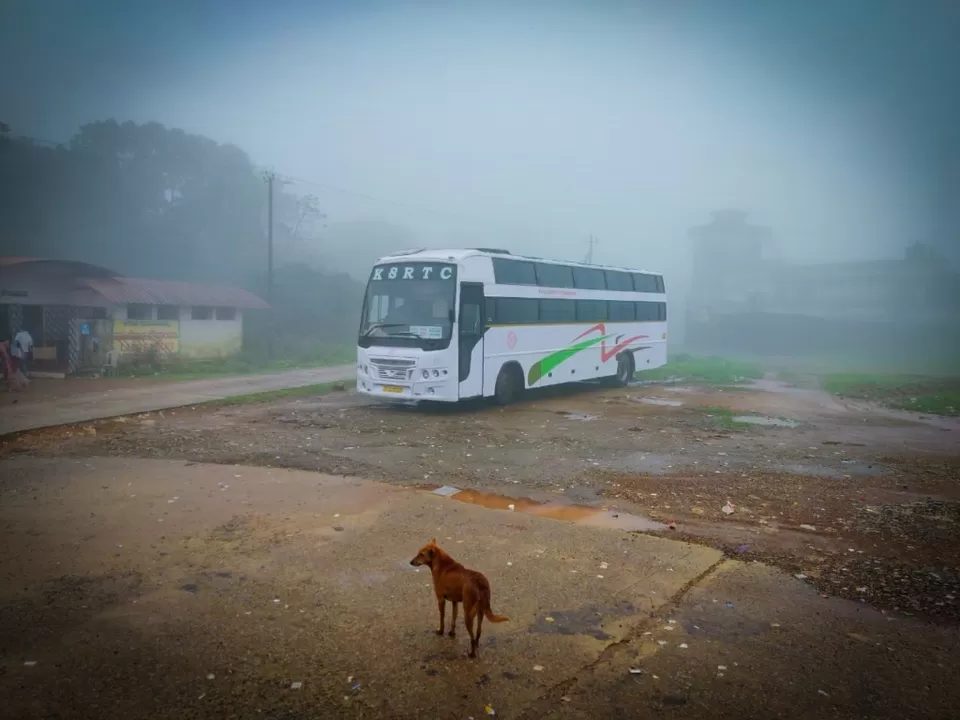
Karnataka the land of Kadamabas, Hoysalas, Chalukyas, Vijaynagara Empire, As their tourism tagline says "One land Many worlds" Yes it is, from it's wealthy mines,evergreen forests to pristine beaches. The part of India is flamboyant with culture colours and people.This is my travel story to Malnad the rich biodiversity hotspot, known for its abundant rainfall and rich existence of flora and fauna. Western ghats act as the rain barrier during south-west monsoon season. This region is one of the wettest regions in the world where the rainfall measurements had overflown over 7000mm whereas Cheerapunji and Mawsynram at average receives about 11,000mm of rainfall per year.Kingdom of Kingcobras, land of huge waterfalls and a healthy population of fauna.Probably the state of Karnataka will be one of many states that uses different languages in one single state Tulu,kannada, kodava are some of the main languages spoken in different part of this state.They have a different terrain within in the parts of provinces.The region of Malnad is stunning with her evergreen forests, waterfalls and lots of history.The Keladi Nayaks, who were once feudatories of great vijayanagara empire,later they transformed as a kingdom ruling from kasargode in Kerala to all of coastal Karnataka and fought against British with the alliance of Marathas inside the region,Rani Chenamma and Keladi Shivappa Nayaka were the most prominent among them. The villages of Malnadu is calm, green and full of verdure. I'm sure you are not going to take off your eyes from these views when you are travelling in a bus like me, the view of these hamlets will heal your soul and surely going to make a calm person. Eventhough, We also realised that in between the trip, the character of every people we encountered is relaxed and stress-free. The place intrinsically got healing ability.The region of Malnad, known to Indians through the legendary Indian English writer RK Narayan through his books Swami and friends and his short stories and,described the natural beauty of this place and the modest charisma of it's rich biodiversity.The Vijayanagara Empire to Keladi Nayaks ruled them for centuries, they were looted and tortured by many invaders. The people here are multicultural but they live in harmony. The charm of the villages is just astonishing, From the sloped roofs to wooden pillars of the village homes, the rain gods certainly blessed this territory of India.The villages and the jungles, that was so lush to deal with, The Agumbe rainforests receives the largest rainfall across the world.It is also known as the Cherapunji of South India. Throughout my whole trip, it was only a few hours the rain halted.The climate is too romantic, make us warm-hearted. The people here is also quiet and peaceful,probably the environment influenced them extensively.
We reached shivamogga by 4:30 in the evening,the capital of malnad.Being the gateway for the hilly region of the Sahyadris, the city is popularly nicknamed as "Gateway of Malnad".The name of the city is derived from the term "shivmoga". A version of etymology is due to the story that Lord Shiva drank the Tunga river water using "Mogge", hence the name Shiva-mogga". Another version of etymology is that the name is derived from the term "Sihi-Mogge", meaning "sweet pot".
The district formed the southern tip of the Emperor Ashoka's Mauryan Empire in the third century BC. It was ruled during later centuries by the Kadambas of Banavasi (4th century), Chalukyas of Badami (6th century), Rashtrakutas of Manyakheta (8th century), Hoysals of Halebidu (11th century), and the Vijayanagar rulers (15th century). The city got an independent identity under the Keladi Nayaks' rule during the 16th century. From the late 17th century, the city had been a part of the kingdomof Mysore until the independence of India in 1947, when the Mysore state merged into the Republic of India.
Shivamogga is hygienic, and well maintained town.We walked towards Jeevan lodge which was around 1.5 km from the bus stand.The hospitality was excellent,our plan was to visit the palace shivappa Nayaka, the famous Keladi nayak ruler transformed malnad to a powerful kingdom in India.
Shivappa Nayaka is remembered as an able administrator and a warrior. He ascended the throne in 1645. During this time, the last ruler of the diminished Vijayanagara Empire ruling from Vellore, Shriranga Raya III was defeated by the Bijapur Sultanate and sought refuge with Shivappa. The growing threat of the Portugese was eliminated by 1653 and the ports of Mangalore, Kundapura and Homnavar were brought under Keladi control. Having conquered the Kannada coast, he marched down to Kasargode region of present day Kerala state and installed a pillar of victory at Nileshvwar. The forts of Chandragiri, Bekal and Mangalore were built by Shivappa Nayaka.
Later he travelled towards north of the Tungabhadra river and captured territory in the modern Dharwaf from the Bijapur Sultanate. he destroyed the Portuguese political power in the Canara region by capturing all the Portuguese forts of the coastal region.
The palace was bit far from our lodge, we took an auto and he dropped us on the city centre.The language was a huge barrier for us, elder can't understand a word of Tamil or English.Unfortunately when we reached the palace was closed, we watched it from outside and walked around the palace.The surroundings were residential colonies,temples and warehouses.
We saw massive wooden pillars and lobed arched panels. The living chambers on the sides are at the upper level and have balconies and look down into the hall. Numerous antiquities collected from near by temples and archaeological sites, such as sculptures, inscriptions and hero stones from the Hoysala era and later periods are on display at the palace grounds. The building is a protected monument under the Karnataka state division of the Archaeological survey of India.Shivamogga is rich in agriculture, especially in the cultivation of Paddy and vegetables.There were numerous warehouses on the way back to Shivamogga market.We were disappointed about the visit to the palace,beause It was closed.We proceeded to Shivamogga church.Its a modern example of Indian church architecture.The church compound was really huge, the complete view of church was visible from a long distance.We entered the church and sat their for sometime.The Sacred heart cathedral, one of the largest in India, It is a Catholic church spread over an area of 18000 sq ft.
The structure of the church is quite incredible built in Roman and Gothic styles and houses a big prayer hall with a huge space for 5000 people. However, a statue of Jesus is the salient feature of the church attracting people in large numbers.
We departed from the church to Shivamogga market area, there we saw the statue ofbthe great Keladi Shivappa Nayaka.The statue was elegant, exactly at the centre of city.It was a glorious experience watching the statue, he is on horseback with a sword.Indian kings never built there statues, or allowed other to do so, again it's an adapted culture after the colonisation.We had tea and snacks from a restaurant and went back to lodge for a long deep sleep.because we were traveling for about 20 hrs.The body also need to be rejuvenated.The food from Jeevan lodge was out of this world.The dal and rice was the delicious,the best I had in my entire life Thanks to them for their commendable hospitality,It was not a luxury facility though.They told us to have breakfast the next day from there.
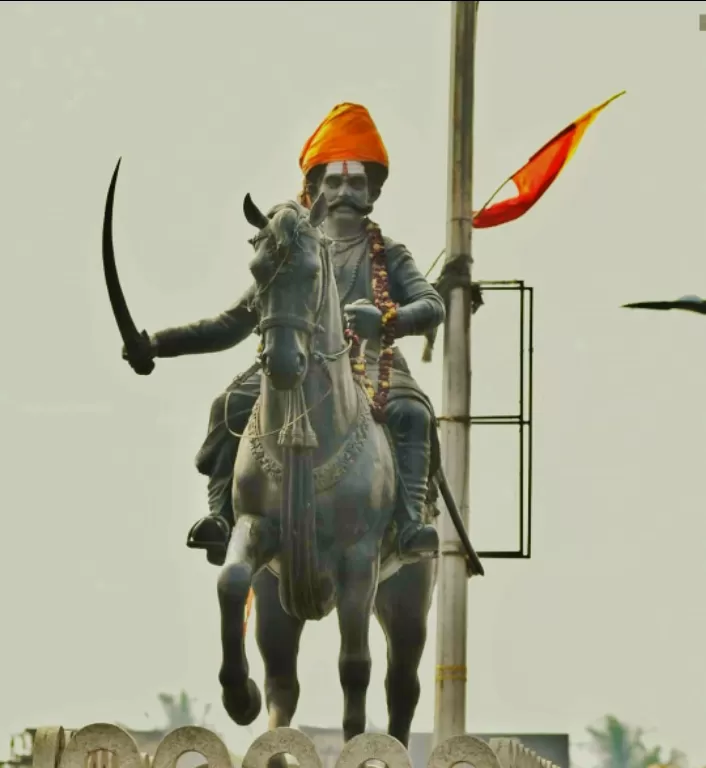
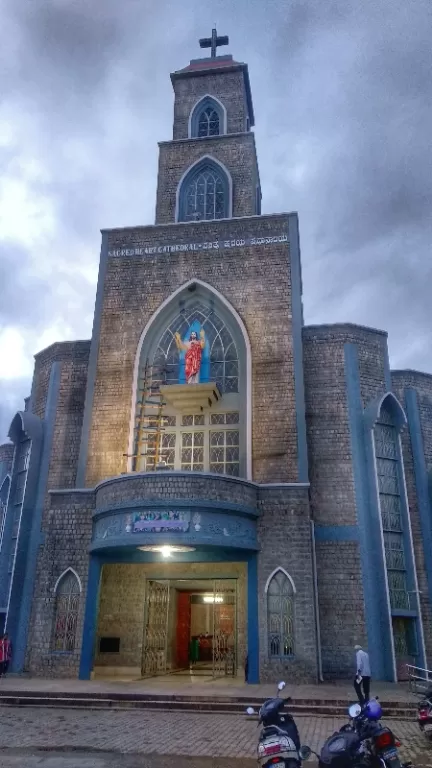
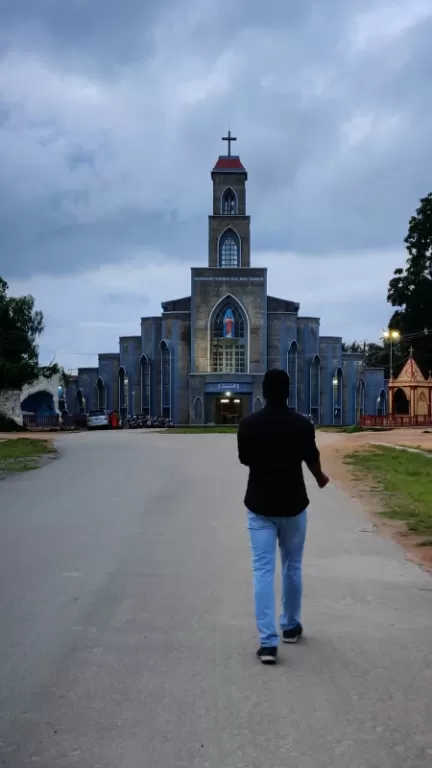
Day 2
We started early today, because there's a need for travelling to long distances.Our first destination was Sakrebyle Elephant camp, as a person from the state of Kerala.Elephants are not strange to me and my friend Mr.Athul,The Sakrebyle Elephant Camp is a forest camp for captive elephants in Karnataka. Situated at a distance of 14 km from Shimoga on the Shimoga-Thirthahalli Road, it is considered to be the best camp for training elephants in the state.
The bus hunt was hilarious, with our poor skills in Kannada already we are battling somewhere in between English and Tamil.The local language neither of this two languages.It was actually a marathon all over private and public bus stations to find a bus to Sakrebyle.Some bus attendants shouting Thirthhalli
for 100 times. They were restless and behaving like,the bus is going to leave now.Made us in conundrum, because we were tensed that will be our bus.Finally our half walkathon ended.Thank God!! We found a flower merchant who knows Tamil well.We asked him from where we can get buses to sakrebyle.He informed us that there are very few buses that will stop at sakrebyle and pointed a place outside the bus stand.We got a bus after ten minutes, and reached Sakrebyle after half an hour.
The Sakrebyle Elephant Camp attracts wildlife enthusiasts and tourists alike. It is one of those ecotourism centres in Karnataka that offers general people an opportunity to look at the huge tuskers from close quarters.The camp houses elephants from all over Karnataka that need proper attention and training. The elephants may require training or attention due to a number of reasons like illness, behavioural issues, deficiency in nutrition, etc. Elephants that are uncontrollable are also brought in for training at this camp.
The camp has experienced mahouts who train and take care of the huge animals. Generally elephants of all ages are trained in the camp.The camp is situated in the vicinity of River Tunga. The main attraction of the camp is the interaction session allowed between the visitors and the elephants.
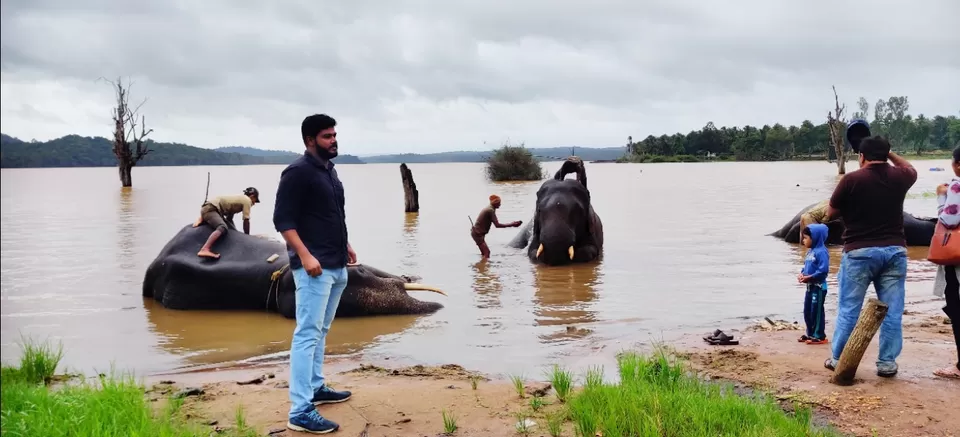
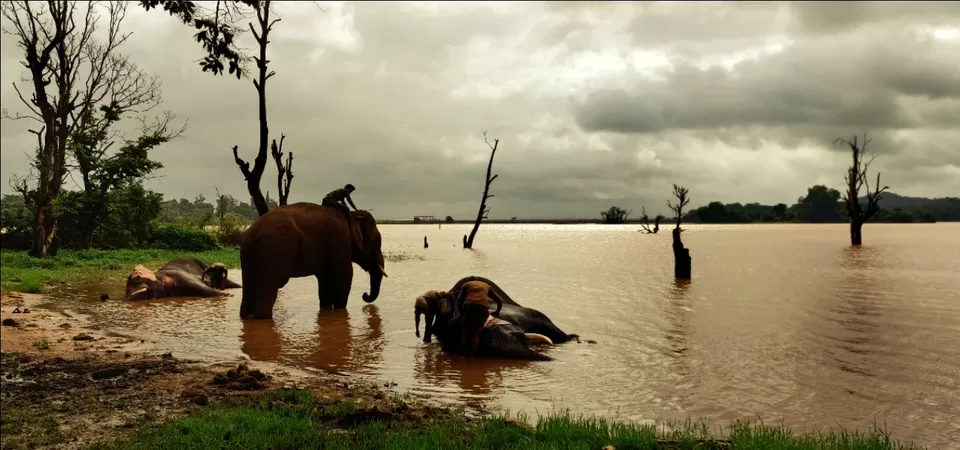
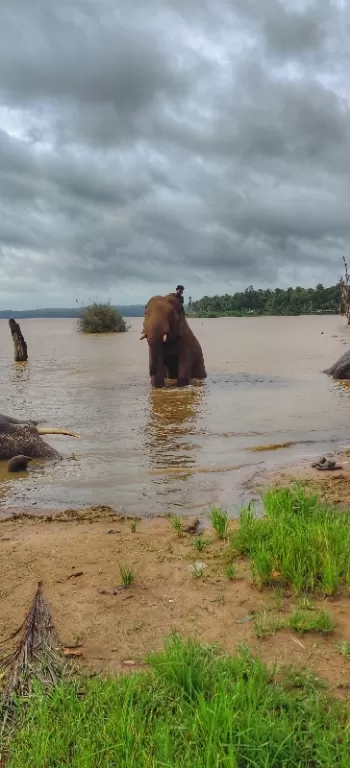
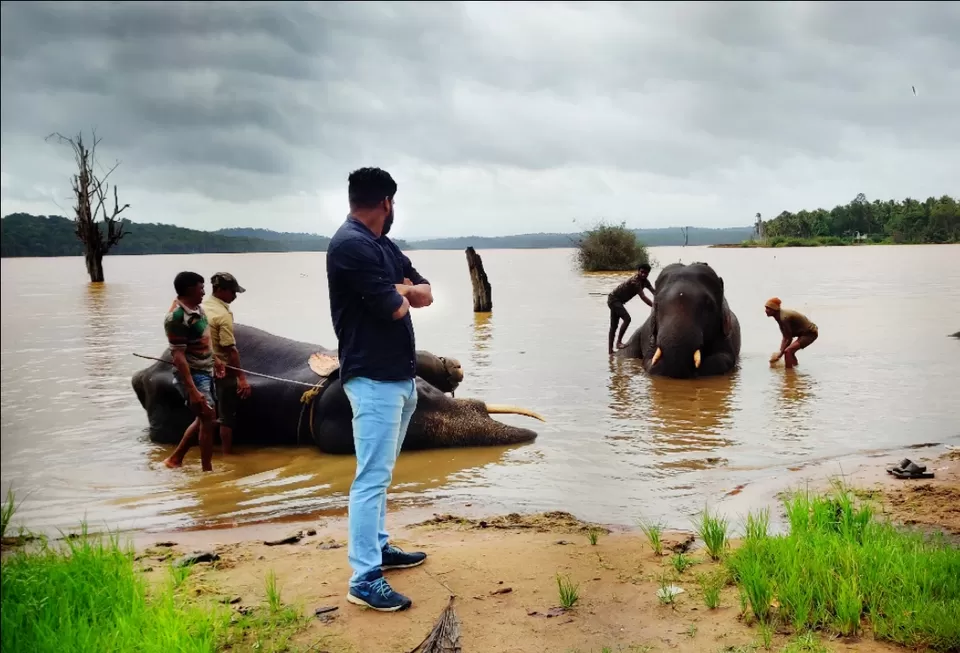
Many wild elephants residing in the forest also visit the camp to enjoy snacks and to play in the backwaters. These wild elephants return to their forests and do not stay in the camp. Sakrebailu is an ideal place to have fun with kids who can enjoy a day with these elephants. Karnataka State Government has taken the initiative to protect these elephants and let them live in the wilderness. The eco-tourism centre is for tourists as well as local people to visit the camp to witness the tuskers in proximity. The baby elephants are a fascinating watch. The tourists can watch the ablutions of elephants where they spray water on each other and get scrubbed by the Mahouts. We started to get famished, and had Maggi from a nearby shop and also tea was delicious. Again it was hard to get a bus back to Shimoga, I started to suspect the Transportation of the region,it was weak enough. We waited for around 2 hours, finally the same bus cane to rescue us.our next plan was to Check out and proceed to Tyavarekoppa Tiger Reserve.
We checked out of the room and proceeded to the bus station. Some of the buses going Sagar a town in Karnataka will stop at this reserve. The struggle of identifying the bus was slightly better because the route was so famous and located in between Shimoga -Sagar highway. The Tyavarekoppa Lion and Tiger Reserve is a popular wildlife destination of Karnataka. It is located at a distance of about 10 km from Shimoga on the Shimoga-Sagar Road. The reserve is huge and spread across 200 hectares of land. Started in 1988, it is Karnataka's second safari park, after Bannerghatta National Park near Bangalore. Despite the name, the Lion and tiger are neither the only animals here, nor are they the only big cats here. The Shimoga- Sagar was a four-lane highway, the bus attained the fastest speeds and the journey became short. We entered the massive gate of the park.
There was a lot of school students came to visit the zoo. We took two tickets for the zoo, it was small and green, with some rare species. All of them were in sleepy mode, it was interesting to experience knowing about the animals their behaviours. We came out of the zoo and rushed into the next bus for the safari through the Reserve forest. The bus driver was waiting for the bus to get full .After we got into bus,suddenly a group of college students arrived consisting of girls and some boys. I told Mr Athul "Hey bro look nice looking girls, maybe they were from some posh college in Bangalore or something, he also agreed what I've said and waited for them to get on our bus. Suddenly, he turned back and whispered " I've seen that girl somewhere!!". I replied " No way man, don't lie!!! how?He again reiterated the same words. They came and sat on the nearest seats. Still, we were in suspicion, they started noisily chats in Malayalam. Maybe, he is not lying, He brushed up his memory and said they're exactly from Biotechnology campus. Suddenly a young woman asked " Excuse me! Can you please open that window, please?
I snapped up my head and riposted " മലയാളത്തിൽ പറഞ്ഞാൽ മതി കുട്ടി, എനിക്കു മനസിലാവും", They got excited hearing my answer."ഓ ചേട്ടാ മലയാളി ആണോ എവിടുന്നാ നിങ്ങൾ? ". We felt like Mammotty and Rajinikanth from thalapathy movie because the next dialogue contains the exciting element. We both acknowledged " നമ്മളും നിങ്ങടെ കോളേജിൽ നിന്ന് ആണേ !!!.
"They were on the edge of their seats".All of them asked them like a chorus " എവിടെ വള്ളിക്കാവോ " Oh yes, We nearly killed them with awe. But the result was they started to make more noise with more freedom of speech. The bus entered the reserve through numerous number gates opening and closing, the first phase contained lions and the second one contains tigers. The safety is they provide is pretty decent, not great though, because these cats are lethal especially tigers are intelligent animals.
Asiatic lions, Bengal tigers and Indian leopards are kept in separate enclosures and they are viewed by a guided "safari" vehicle. In 2005, a tigress gave birth to cubs here. On 2 March 2006, four tigers killed a casual labourer who fell down while repairing iron gates. A tigress which strayed into nearby villages was captured and kept in this safari. We can also adopt any animal food expenses by paying an amount for a year or months. The bus driver started asking tips from the passengers. Somebody of them gave and got out of the bus.We chatted with some girls for sometime, and we decided to finish our stint at the Tiger Reserve.
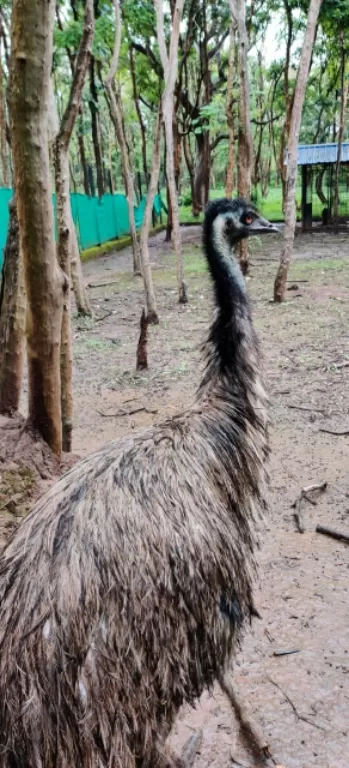
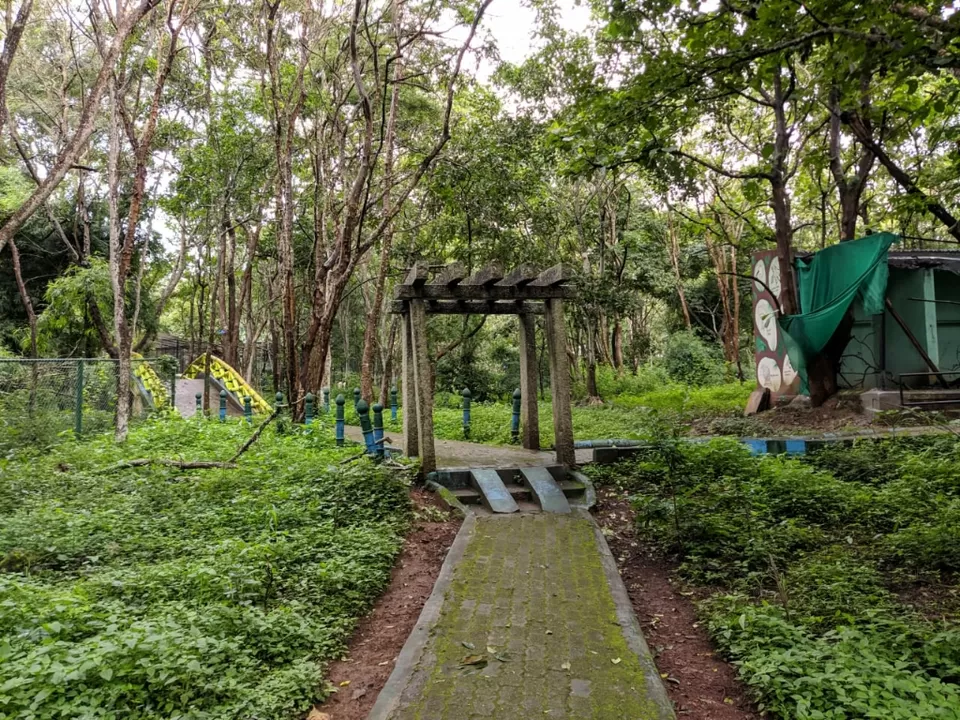
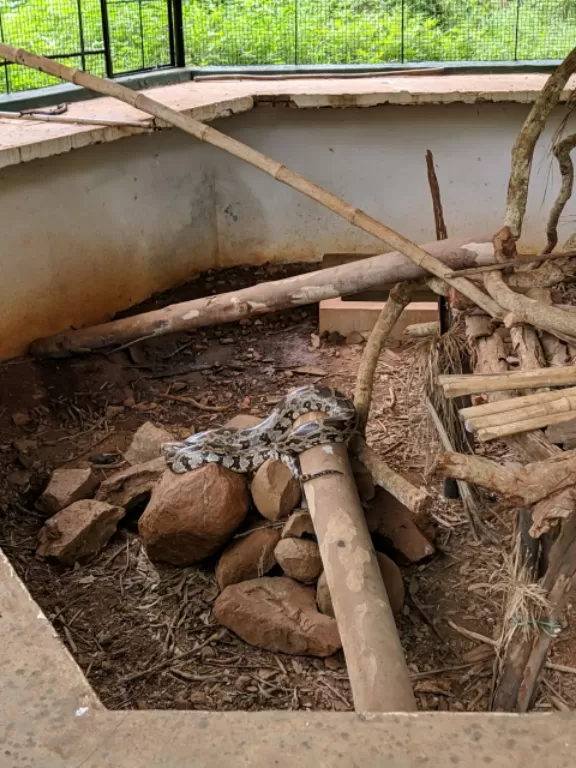
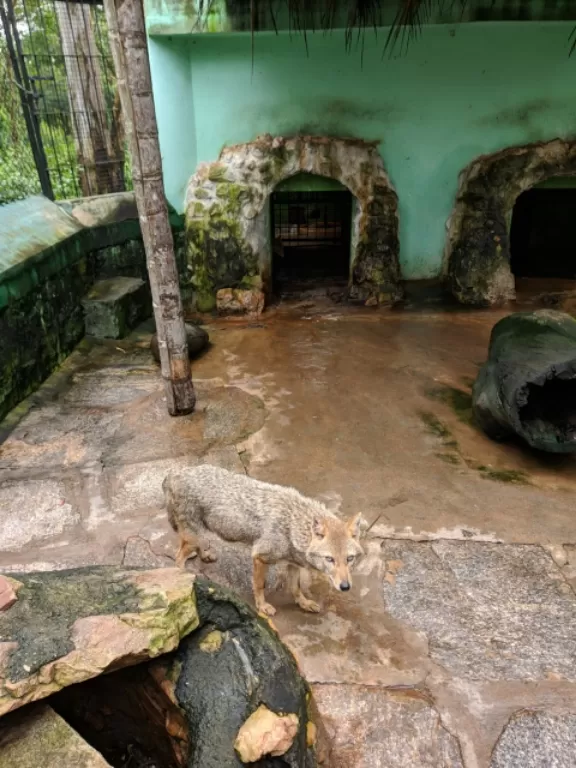
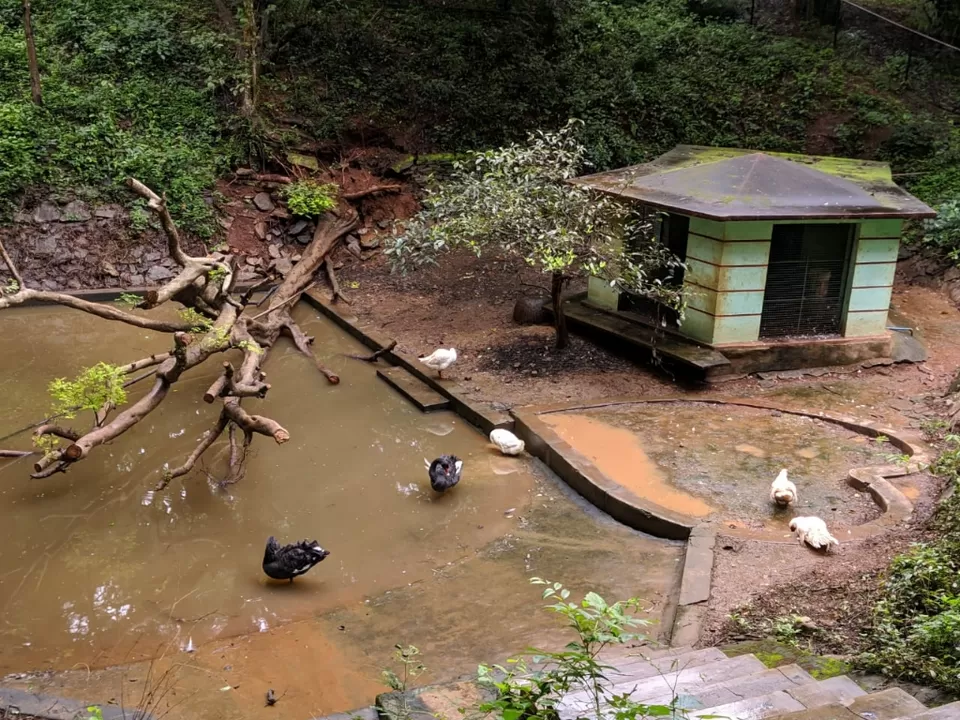
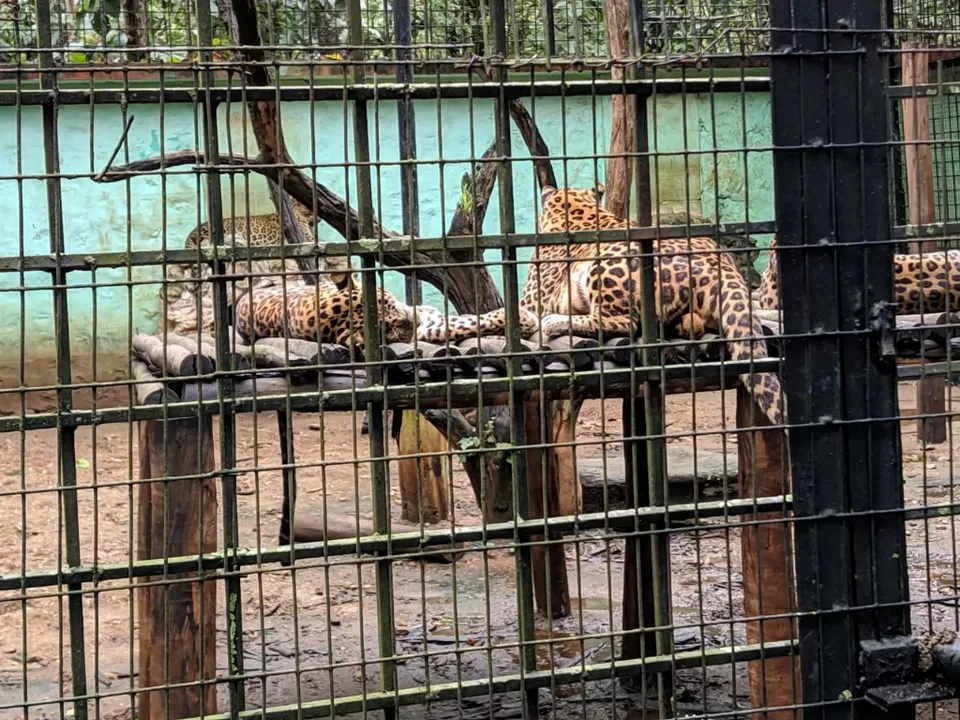
Easily we got bus to Sagar, an important town in the state of Karnataka. Sagara derives its name from Sadashiva Sagar, which is a lake. Sadashiva Nayaka, ruler of Keladi dynasty built a lake in between Keladi and Ikkeri. Sadashiva Sagar is now called Ganapathi Kere. The one hour journey in the local bus was great either sides there were lots of farmlands,Betel nut is the major crop grown in the area. Along with areca nut, spices like pepper, clove, cinnamon, nutmeg, and cocoa are grown. The livelihood of the town is highly volatile and is dependent on the variation in the pricing of these agriculture products. Sagara has a relatively high number of Gudigars – families that for generations have been engaged in sandalwood and ivory carving. The Gudigar men make idols, figurines and knickknacks like penholders, agarbathi stands, cuff links, photo frames and paper clips; the women are adept at making garlands and wreaths out of thin layers of scraped sandalwood. The rain started, the farmlands are looking more beautiful and charming through the window. We got a place to sit after half an hour, The town is in one hour distance from tyavarekoppa, Mr Athul abruptly alarmed me that Sagar bus stand has arrived. I stood up and took the bag and walked towards the bus door. A next stop came, we got down there near a junction. But it didn't look like a town it was a small village, the area looked lush and clean. Some of the rickshaws approached us because they know we are tourists. Some of them bargained with us, for a trip to Sagar the nearby town we want to reach. The place was Arasalu village, the place famed for through the short stories RK Narayan's Malgudi Days, the mist engulfed lush green hamlet. In the middle of all this, there's a small village compromising of not more than three of four small shops. Malgudi Days, a jovial artwork includes 32 stories, all set in the fictional town of Malgudi which is really Arasalu village, Each of the stories portrays a facet of life in Malgudi. It's an art we need to study and revive." to know about the innocence and beauty of Indian lives. The village was calm and serene, full of verdue and
Humbleness.Indian Railways has decided to rename the Arasalu railway station to Malgudi Railway Station.
After 20 mins another bus arrived, we reached Sagar by 3:30 in the evening.we were hungry, the maggy from sakrebailu got absorbed into the body. We ran into a restaurant nearby, because it was raining heavily in Sagar. The best time to explore the land of rain, after this long journey we weren't tired because this climate is so promising, From the first day "It's raining cats and dogs", We had indigenous Masala dosa and hot tea to make ourselves warm.The Sambar of Karnataka is sweet and has a hard texture compared to other states.We asked cashier about directions to Jog falls, which is second non-plunge waterfall in all of India and 12 the largest in the world. He pointed at a bus, we walked towards the bus.
The bus was full and packed with local people,because it was a holiday all of them were going to Gersoppa for leisure.we didn't get a seat, also we can't wait for the next bus because the times getting late.We need to reach Bidaragodu tonight which is again 5hr journey from gersopppa. The bus started, a beautiful young woman was sitting in the next seat. She turned back asked Athul.
"ബാഗ് പിടിക്കണോ? " Oh my god!! Was that malayalam? In this interior town of karnataka, A beautiful woman asked him in perfect Malayalam to hold his bag. No way!!that was kannada we doubted and started to gossip about that girl.The incident happened in the zoo had a similar situation, Again but why? These Malayali girls following us all day Oh God!!!.we decided to remain silent and thought not to speak back to avoid embarrassing situation in whole bus like the girl asking us "Kannada gothaa?" .We only know the reply "Kannada gothilla" that means we don't know Kannada very well. After some minutes, the seat became vacant.we sat near to her, She asked Athul "നിങ്ങൾ എവിടുന്നാ?"again in Malayalam. We were not wrong, She speaks the language well, in a North Kerala style. She was Nubina, her mother was from Feroke, near Calicut and Father is from Bangalore working as a guide for Karnataka Tourism. She introduced herself, We had a great chat about Sagara and Shivamogga.she knows the place very well.She was back from her college in Shimoga,studying as second year graduate in commerce.Nubina educated us about Chain gate in kargala and told that it is a great experience to watch the sight of Sharavathi river flowing in full capacity. The beautiful damsel was not lying, it was magnificent and thunderous, Sharavathi was lashing with it's all might through the Chain gate.The area was full of karnataka electrical offices and complexes.
By 5:30 we reached the gate of Jog falls.Jog Falls is also known as, Joga jalapatha and Jogada gundi in the regional Kannada.It is the second highest plunge waterfalls in India after Nohakalikai in Meghalaya. It is a segmented waterfall which depends on rain and season becomes a Plunge waterfall The falls are major attraction and is ranked 12th in the world by the waterfall database.Jog Falls is created by the Sharavathi River dropping at 253 m (830 ft),The river which rises at Ambutirtha, next to Nonabur, in the Thirthahalli and takes the northwesterly course by Fatte petta, receives the Haridravati on the right below Pattaguppe and the Yenne Hole on the left above Barangi. On arriving at the frontier it bends to the west, precipitates itself down the Falls of Gersoppa, and passes that village (properly Geru-Sappe), which is some 30 kilometres (19 mi) distant, discharging into the sea at Honnavar in Uttara Kannada.
The Sharavati, flowing over a very rocky bed about 250 yards (230 m) wide, here reaches a tremendous chasm, 290 m (960 ft) deep, and the water comes down in four distinct falls. The Raja Fall pours in one unbroken column sheer to the depth of 830 ft (250 m). Halfway down it is encountered by the Roarer, another fall, which precipitates itself into a vast cup and then rushes violently downwards at an angle of forty-five degrees to meet the Raja. A third fall, the Rocket, shoots downwards in a series of jets; while the fourth, the Rani, moves quietly over the mountainside in a sheet of foam. The Dept of Tourism has built steps from the viewpoint to the bottom of the hill where the waterfall can be seen at the opposite side. There are approximately 1400 steps built to reach the bottom of the hill.
During rainy seasons the steps will be closed to avoid the havoc created by Sharavati in her fearsome nature.
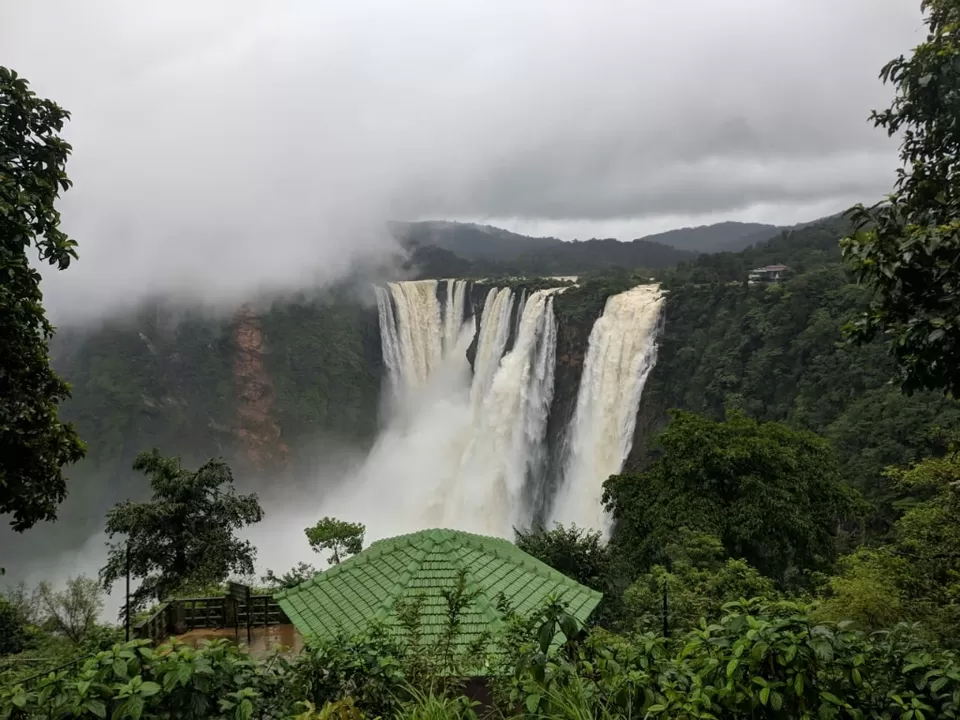
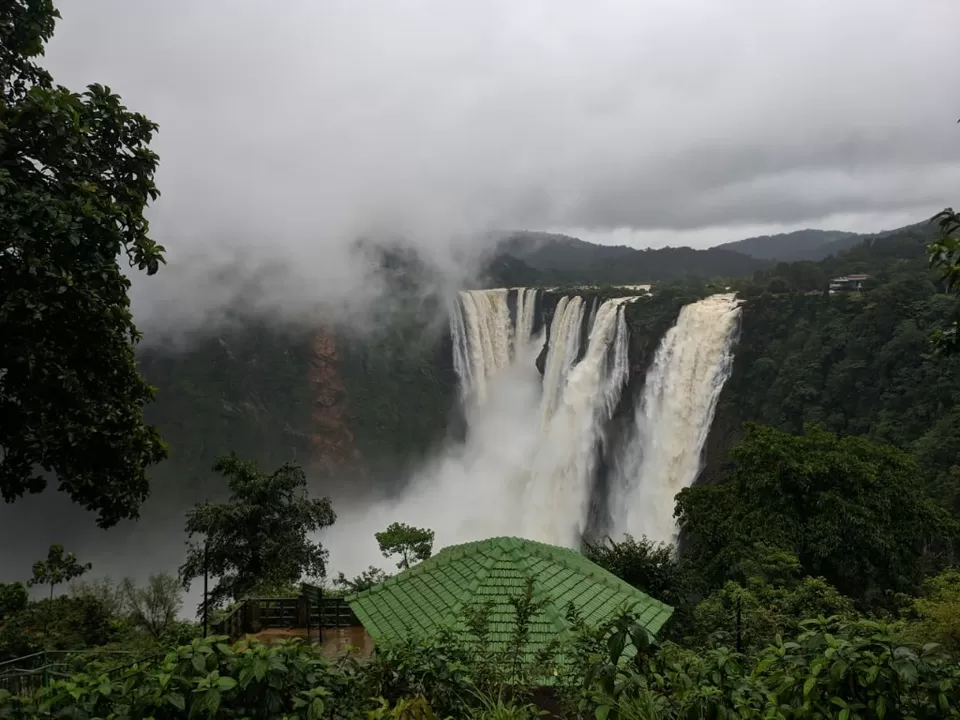
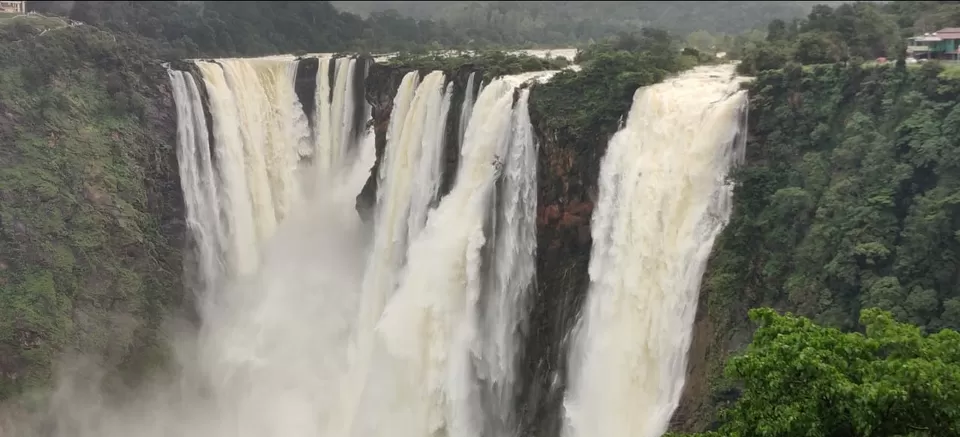
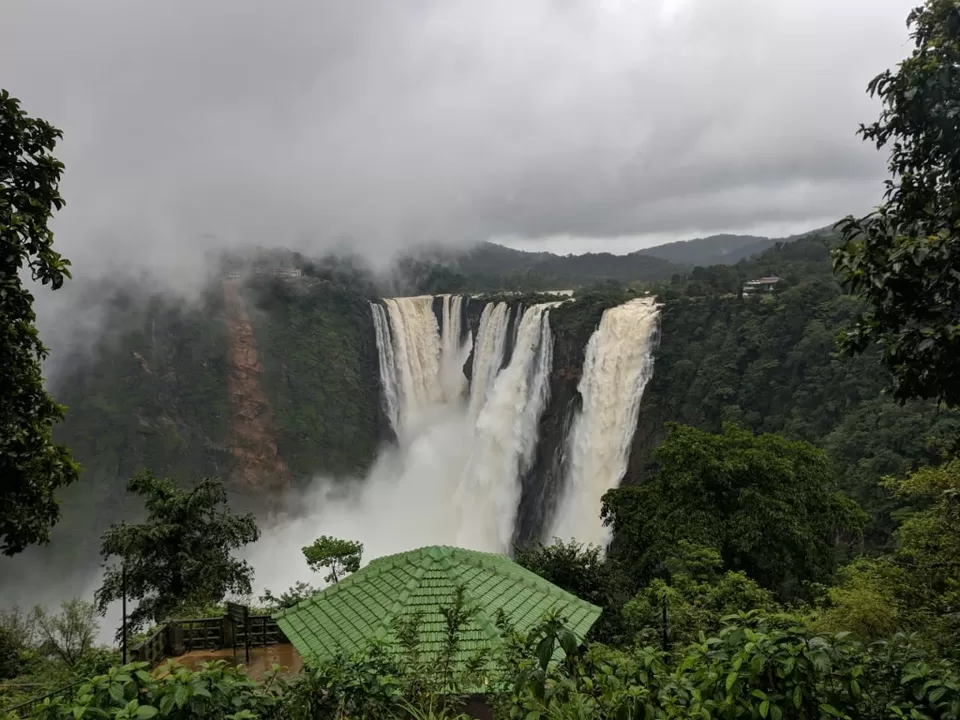
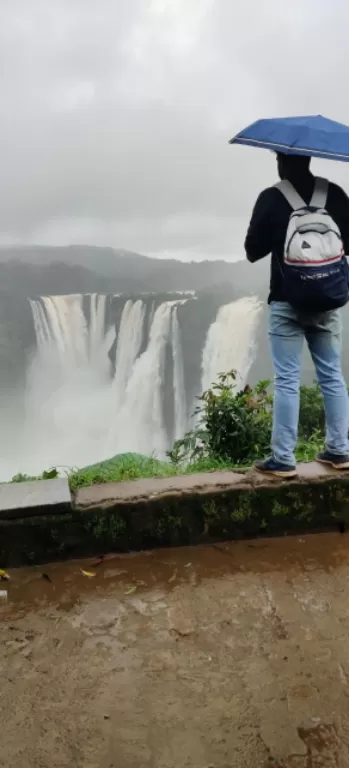
The Visual wizardry of Sharavathy is impossible to describe, Speechless!!! I must say, this was the best experience so far. Totally flattered by her fearsomeness. On the way to Jog, one of my friends texted me and asked "bro, on the way to Jog falls?
I replied " Yes within one hour we will reach. After the visit, I got into the bus to Sagar he again texted me and asked " How was the experience? Did you take a bath at gersoppa?, I retorted " Rest in Peace".If I tried it,I'll be not alive to text you back, Get lost idiot!!. Jog falls is really huge in monsoon. Don't even think about it.
Associated with the waterfall is the nearby Lingamakki Dam across the Sharavathi. The power station has been operational since 1948 and is of 120 MW capacity, one of the largest hydroelectric stations in India at that time and a small source of electric power for Karnataka now. The power station was previously named Krishna Rajendra hydro-electric project, after the King of Mysore at that time. The name was later changed to Mahatma Gandhi Hydro-electric Project. Before the onset of monsoon season, when there is not much water in the Linganmakki dam, the Jog Falls are a pair of thin streams of water trickling down the cliff, as the water collected in the dam is exclusively for the generation of electricity; during monsoons, local rainwater is the source of water to the falls. It was raining continuously in gersoppa, We prepared for a long journey back to Bidaragodu which is near Agumbe. After reaching Sagar, found that there's no direct bus to Bidaragodu. The only option is to reach Shimoga, Which is nearly 1.5 hr journey from the town. We've had no option not to get into the bus.By 9pm we reached Shimoga and realised that there's no bus beyond Thirthahalli.
We decided to go to Thirthahalli and look for another options.
The rain was nonstop, the bus reached thirthahalli by 11 pm. The bus staff informed us that there's no public transports to bidaragodu or Agumbe at night. After five minutes we received a call from Bidaragodu lodge asking about our arrival, we informed him that,there are no transport option available beyond thirthahalli which is an hour distance from the place.We were hungry, there was only one restaurant which was working inside the bus stand.The climate was freezing cold with a light drizzle.Suprisingly, the restaurant was live,we had bansu,a local sweet bread served with Delicious masalas.We fell in love with bansus we ordered it again. We booked an Oyo at Thirthahalli because there were only two facilities available. we went to both the property, both of them tried to cheat us. After lots of calls to customer care executives, they refunded the full amount. We rented out a room, which had all the bugs and insects from the entire state. The night was full of toss and turns and horridness
All the time I was hearing Mr Athul cursing the Lodge owners father for arranging us a great facility. The bus stand may have offered a better sleep with blankets. we didn't sleep generously last night.
The bus stand canteen was exceptional, the idlies and poories were so luscious and again we had bansu and masala curry.
The next destination was Nagara,near Hosanagara, which is a village town in the district. The bus journey was spectacular, the richness and serenity of Malnad villages was evident.The paddy was the main crop in Malnad earlier and this was why the region is known as the ‘rice bowl of Karnataka’. Paddy is cultivated using the traditional rain-fed method in Malnad region.The quest was through dense evergreen forests and paddy fields, we haven't seen any town in between Thirthahalli and Nagara.The journey lasted for almost 2 hrs experiencing the local life of the people, in their mode of transport .The Nagara fort was visible from distance, we asked the driver to stop near the fort gate.
Nagara is a historic village, the last capital city of Keladi rulers.The fort is built on a small hill, beside a lake. The fort has a system to circulate water around it for safety.This fort, called the Shivappanayaka fort is a fantastic example of intelligent architecture. The place is known as Bidanuru in the history and was one of the capitals of the Nayaka clan. The fort was built in the 17th century, by Shivappa Nayaka, among other forts at Hosanagar and other parts in Malnad.What leaves you amazing about Bidanur Fort is that, unlike other forts in India, which are usually built on hills or with water bodies surrounding it on all sides, the Bidanur Fort is built on an elevated ground, merely few meters high. Still one can get an excellent view of several miles in all directions, especially the Western Ghats. There is no natural frontier like hilly terrain or water around the fort.
The fort built of stone masonry is almost avoid on plan having a series of bastions at regular intervals. Above the masonry wall raises the thick parapet with a series of musket holes. Some parts of the fort that stand strong, speak volumes about the glory it enjoyed in 17th century. Inside the lofty outer walls of the fort, is hidden many treasures of the glorious past. The fort witnessed the ups and downs faced by the Keladi kings.The entrance of the fort is marked by a slope pathway that leads you to the huge gateway with two round bastions on either side. The moment you enter inside you can see vast green pasture spread as far as your eyes can see. The courtyard inside shows signs of a former guard room. The fort is entered through a steep ramp leading to the main entrance from the north. The gateway is flanked by two bastions and has a sally port on the left side. Inside the third wall is a large open court facing which there is a terrace overlooking the fort. There are more slope path ways than staircase to climb the fort unlike you see in many other forts.As you explore, you can come across a broken cannon lying on the ground unlike some of the forts which only have steps, this fort has drivable path inside to most of the places, most probably to move the cannons mounted wheels and don’t forget to see four grinding stones that were used to grind food materials in those times. What makes these grinding stones, made of granite, eye-catching is its huge size. They are placed on the opposite side of each other and are supported by other granite boulders from the bottom.It shot into prominence during the reign of Hiriya Venkatappa Nayaka (1592-1629 A.D.) of Ikkeri kingdom when he annexed this region during his campaign and regularized worship in the Sri Nilakanthesvara temple. However, it attained the status of a capital from the time of Virabhadra Nayaka (1629-1645 A.D.) who succeeded Hiriya Venkatappa Nayaka .Due to the sudden attack of Islamic forces under Ranadulla Khan of Bijapur Sultanate, lkkeri was razed to the ground in 1560A.D. inspite of Virabhadra Nayaka's efforts to contain the onslaught.
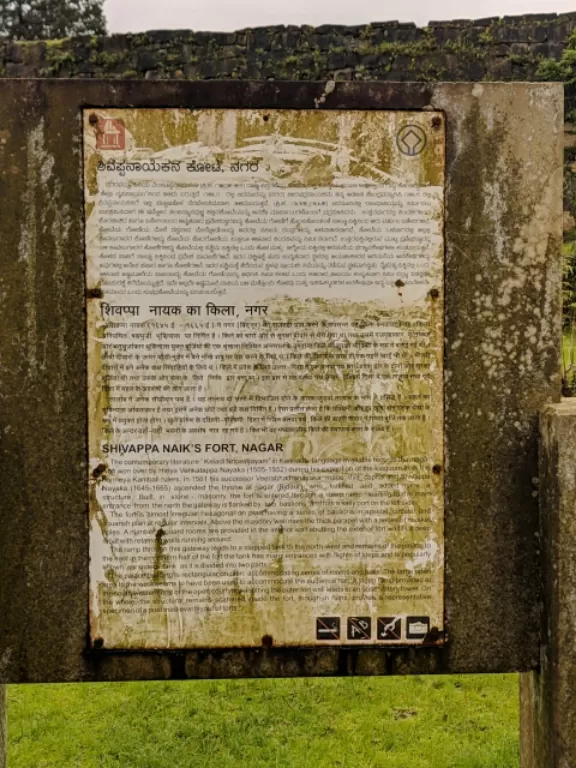
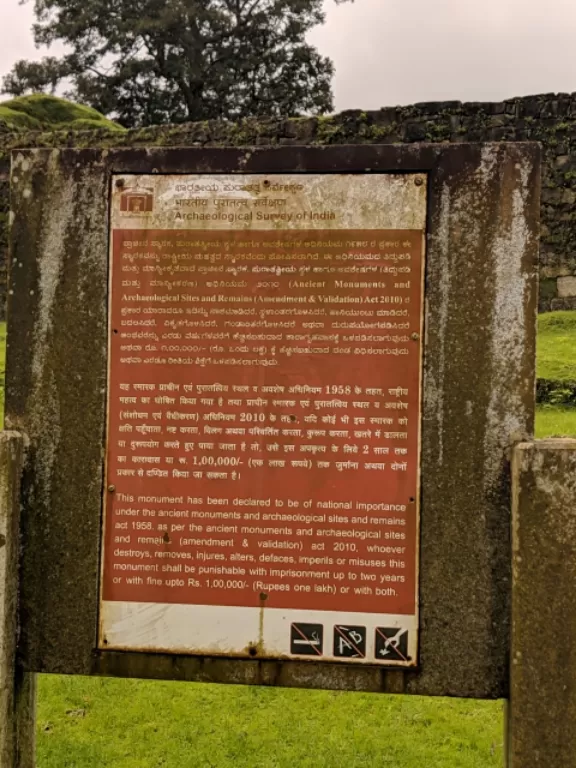
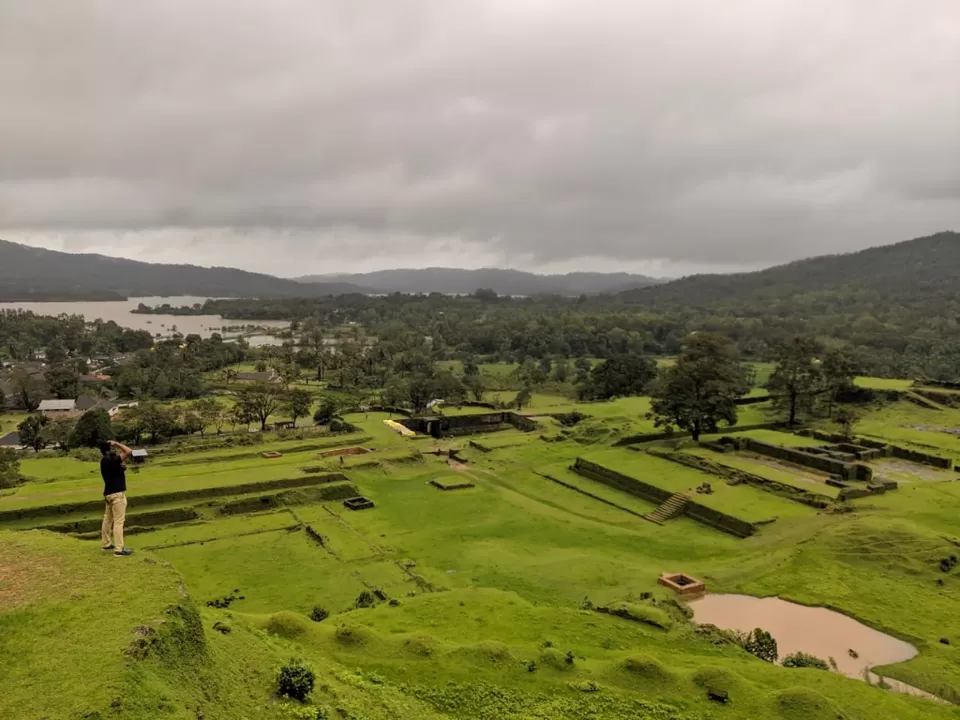
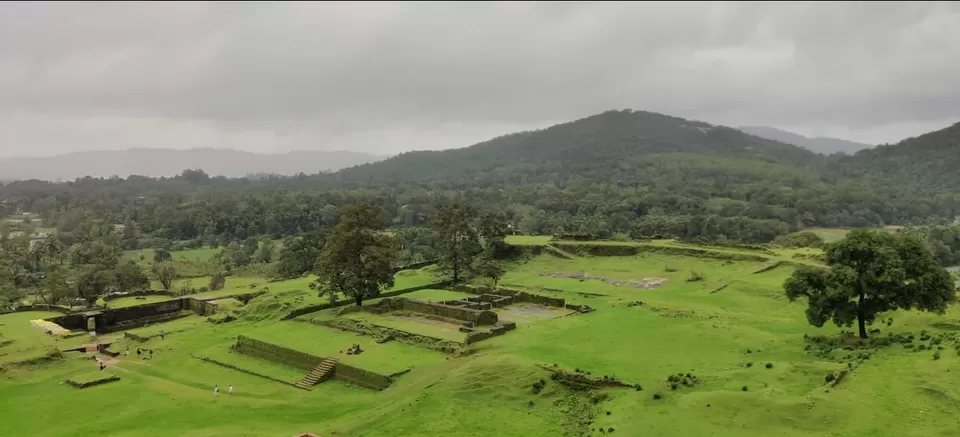
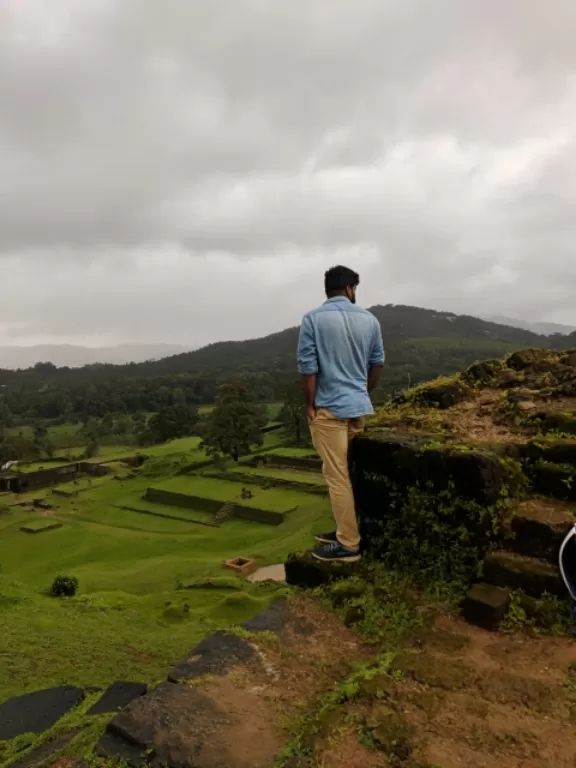
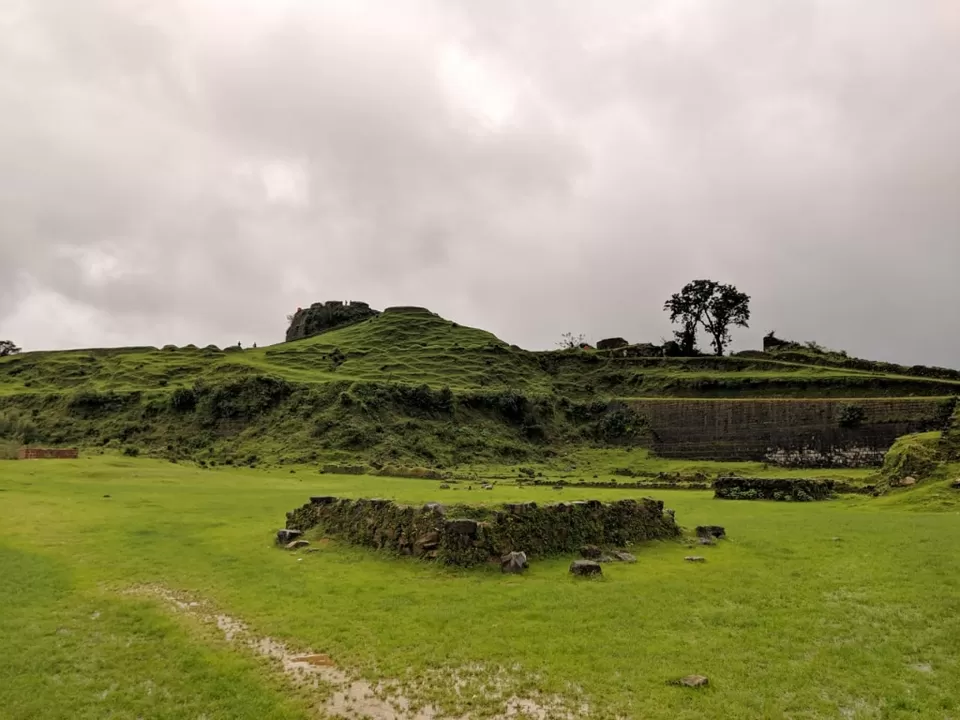
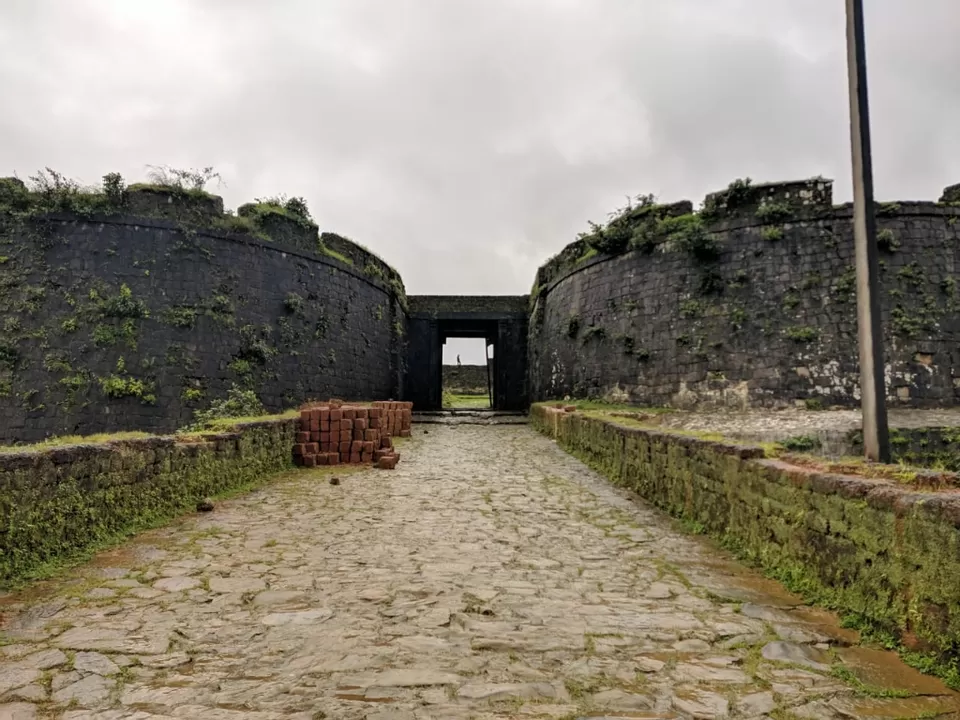
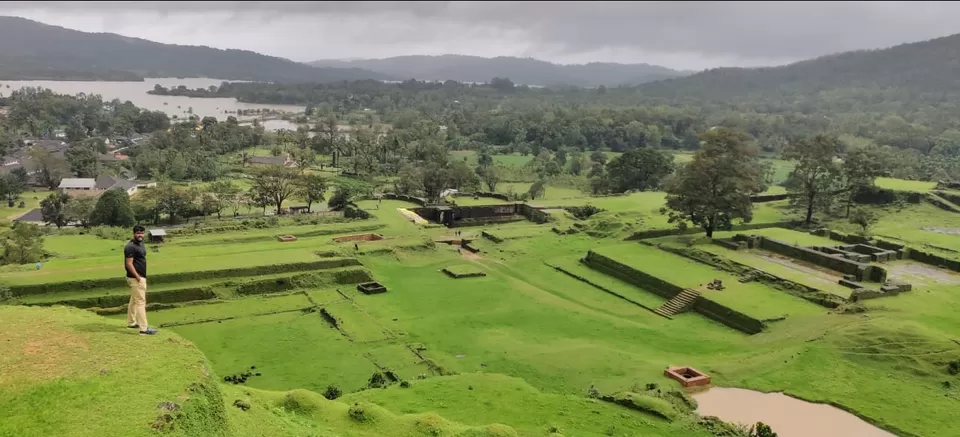
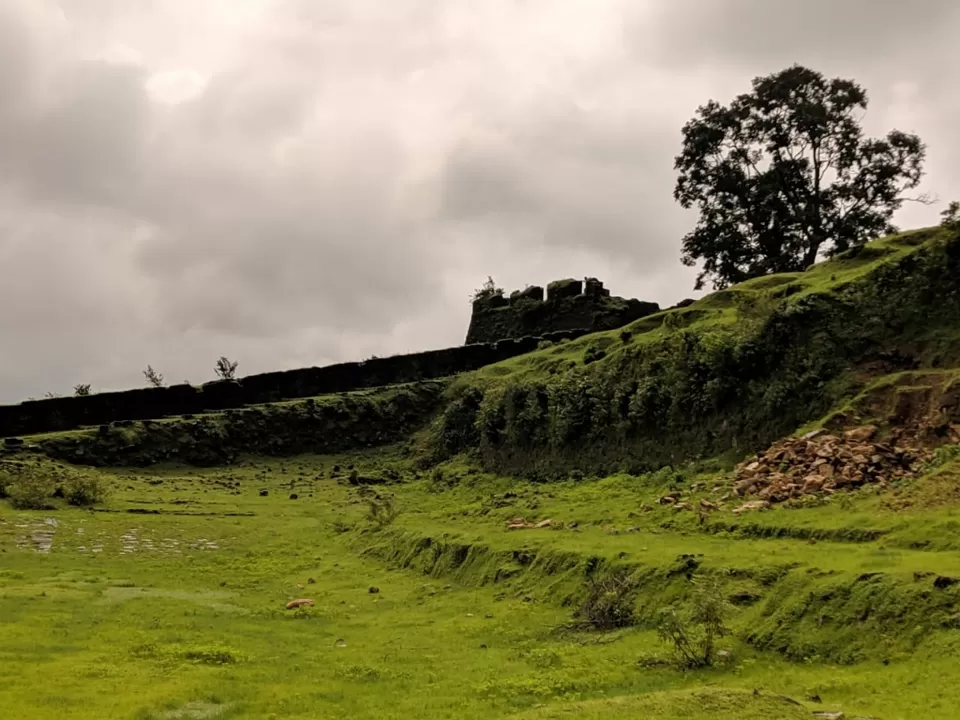
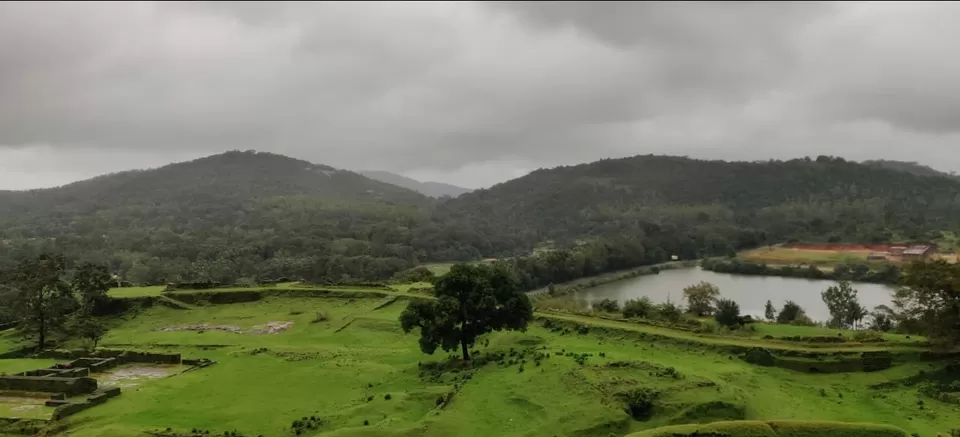
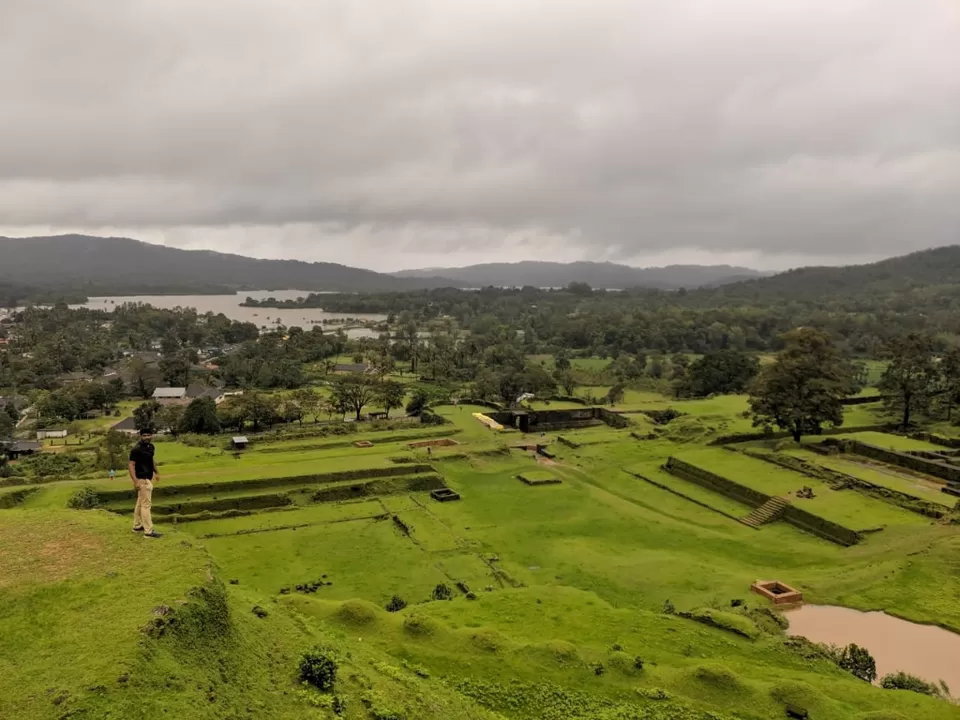
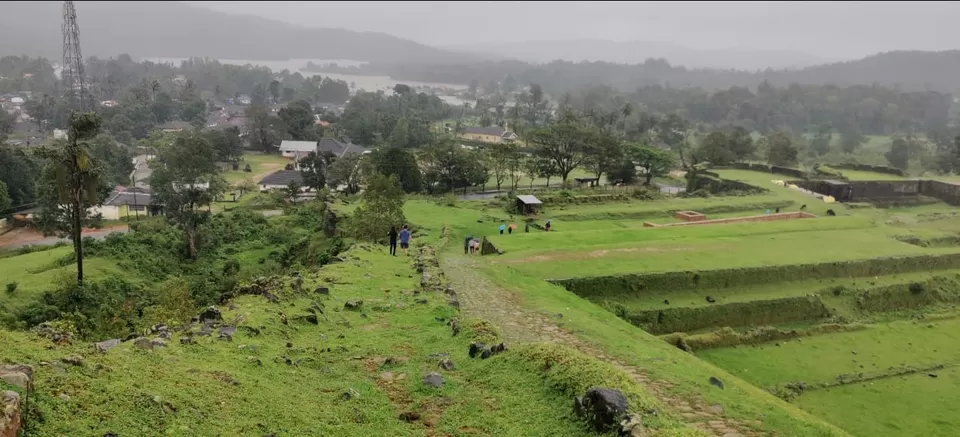
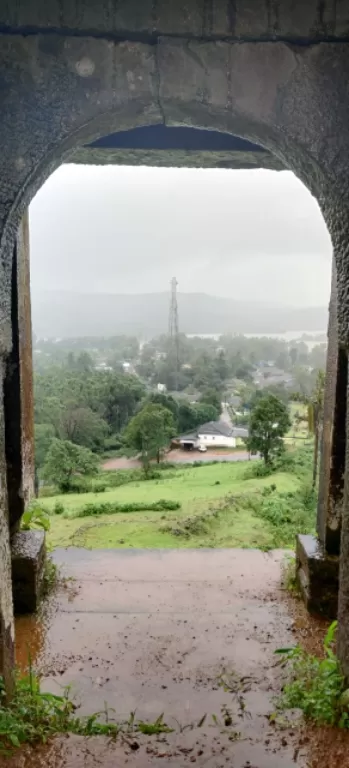
After hours of exploration, we reached bidaragodu a beautiful village amidst of Agumbe rainforests. The village is sparsely populated, we were only outsiders currently staying at the place.Mr.Kesava, an ordinary villagemen who runs a grocery shop owns the Samrat lodge consists of only three or four rooms.
We reached there by evening, Kesava annas wife was at the grocery store. Both of us started our sign language to inform that we are the individuals who got stuck at Thirthahalli yesterday.The climate was cold, falling upto 17 to 19 degrees with rain.The breath vapour started to appear when we spoke to someone.Bidaragodu is more colder than shimoga ,it's surrounded by Evergreen rainforests and the altitude is much higher.Due to the intense travel we were so tired,We ate delicious rice and chicken curry from their hotel, which is less spicy compared to Kerala cuisine. The tiredness started to simulate us to doze, we slept like babies, and woke up around 8:30 pm.we forgot that bidaragodu is a small village consist of not more than five shops.We jumped up and hurried to Kammath cafe and had poori masala, which was too expensive for a village and not good enough.We resumed our sleep, the climate was so supportive though.The rain was nonstop, whether its night or day.The cold mornings at this village will make you lazy as hell.One can sleep like a log in this climate, it was too exotic to handle.The language obstacle continued, we felt very difficult to communicate with Kesav anna and his wife.Kesav is a not common name in Karnataka though, Tulunad shares some cultural similarities with Kerala.Apart from the language clash he was so helpful and kind to help us with places we wanted to visit.He called his son,who's studying in Mangalore to speak us to in English,Akshay acted as a translator for us.Finally,we decided to visit Abbi falls which deep inside Agumbe rainforests. After some time, the auto arrived and admitted that he will take us to the forest falls. The driver and his friend accompanied us and started our journey to the forests. The road was not great though, after some distance, the road started to fade away, the vegetation was so green and everywhere there were small streams and rare birds.The sound they produced was so pleasant and actually rejuvenated our souls.The vehicle stopped, he told us "From here we need to trek".
The unique and abundant natural beauty of this place has made it a paradise for nature lovers and even adventure seekers. The love to get lost in the scenic paradise of these Rain kingdoms,more than 7,000 mm of rainfall throughout the year, and this is the reason that this place has gotten the tag of being the Cherrapunji of South India. The place holds a permanent place in every Karnataka itinerary .worth its salt. In fact, there is so much to see and experience here that it is difficult to explore the entire region.We started out trek towards the falls, the ground of the forests was sodden.Almost half of my pants got drenched in mud and water,we were walking through all the rainforest slumps reminded me about anaconda movies.The rainforests has a healthy population of Kingcobras, popularly referred to as capital of these elegant snake species.The high density of king cobras that can be found in the region. It is important to note that although there are a large number of snakes that can be found in this region however very few cases of human-snake conflict. The world’s first radio-telemetry project for King Cobra was undertaken in the Agumbe Rainforest Research Station,probably one of largest in the world.The poison of these creatures is lethal enough to kill 20 elephants.They are peaceful reptiles who like to live away from human contact.The rain was nonstop, there is always a slight drizzle in these lush green atmosphere.The sound of forest was another peculiar feature,it can easily beat a dolby atmos system or a JBL with its real sound effects. The sound, climate and the mud everything was special, The trudge continued, there were slopes which are enough to slip into nearby sharp rocks and branches which can create an injury.We were so vigilant when taking each step inside this spectacular foliage.The abbi falls was under rage, it was not possible even set foot on it's shores.The tunga is frantic, we must respect her ,It's utter foolishness to jump into these waters and have bath.We spended sometime inside the forests.It was normal to get leech bites inside the forests.Mr Athul had a leech in his left ankle which has reached it's maximum size,we removed it with the help of Kesav anna after getting back to Samrat.He gave me his village remedy Nasya powder, which he mentioned it was ayurvedic.He was right,I don't even have to touch the leech with it.I just opened the packet,took a pinch of it and just carried it near to the leech.It was so powerful and removed the leech within seconds.The experience really touched our souls, the forest atmosphere was different,compared to that in Kerala .Even though both are Western Ghat ranges,this was entirely different with small shrubs to absence of huge trees. The spectacular beauty of the Western Ghats is not limited to mountains and rivers. It is also known for its unique biodiversity, thick foliage, and quaint settlements.
It is owing to these rainforests that this place is known as Hasiru Honnu by the locals, which means green gold. As they are home to a variety of very rare medicinal plants such as Myristica, Ficus, Diospyros, Listsaea, and Garcinia that can be found in this village.The misty waterfalls, the lush green mountains, the abyss of the valleys, the thick foliage, the abundant wilderness, the charming rivers, and the mellow weather all beckon travellers to this pristine beauty in the Western Ghats. Make sure to add Agumbe to your Karnataka itinerary to experience one of the most refreshing refreshing forests and hill stations.This hill station boasts of thick tropical Agumbe rainforest, magnificent mountain ranges, several waterfalls, charming rivers, and weather that is pleasant throughout the year.
We had already crossed our checkout time,He excused us for one hour understanding our situation.Our next destination was Sri kshetra at Sringeri.By 3 pm we left bidaragodu, the village made us obsessed with her climate and people's warmth.
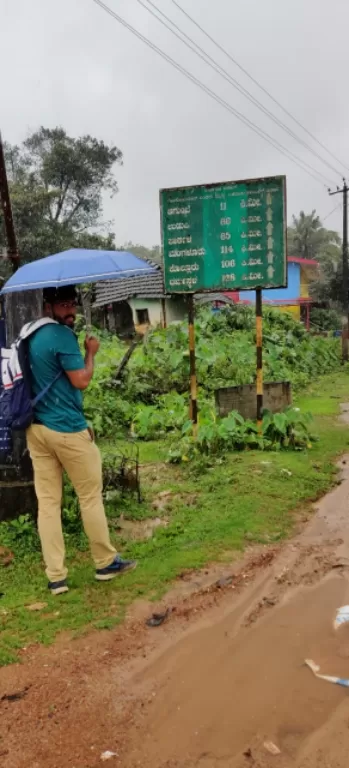
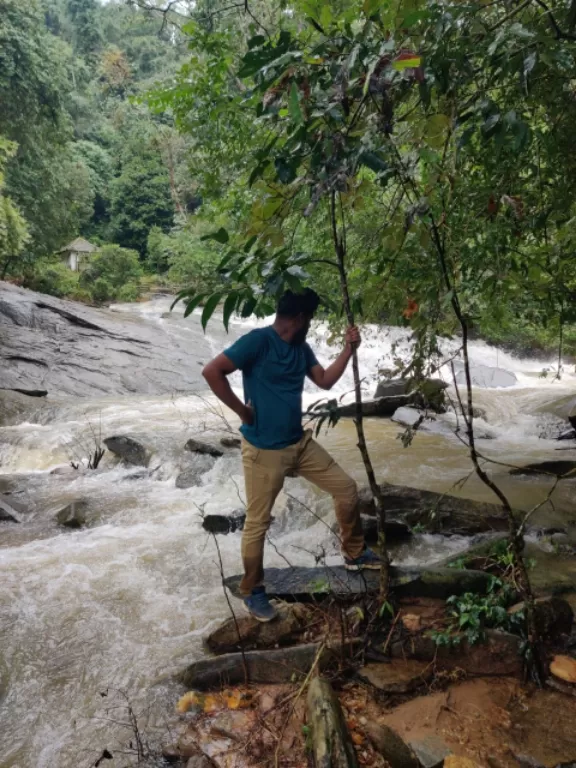
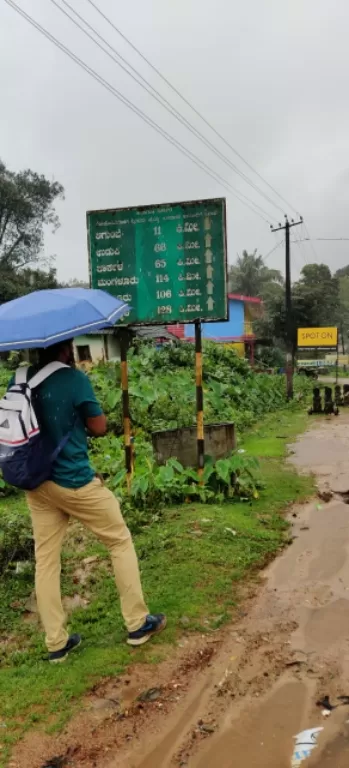
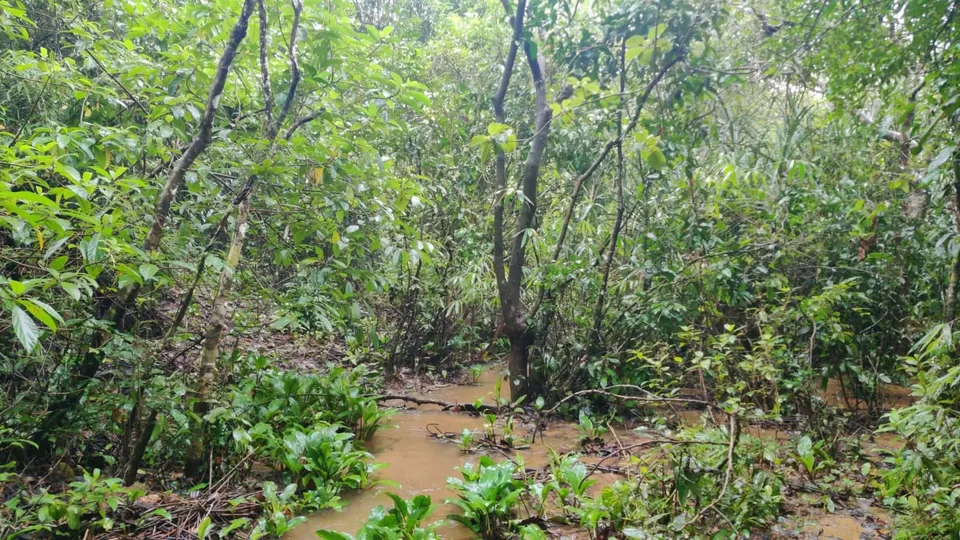
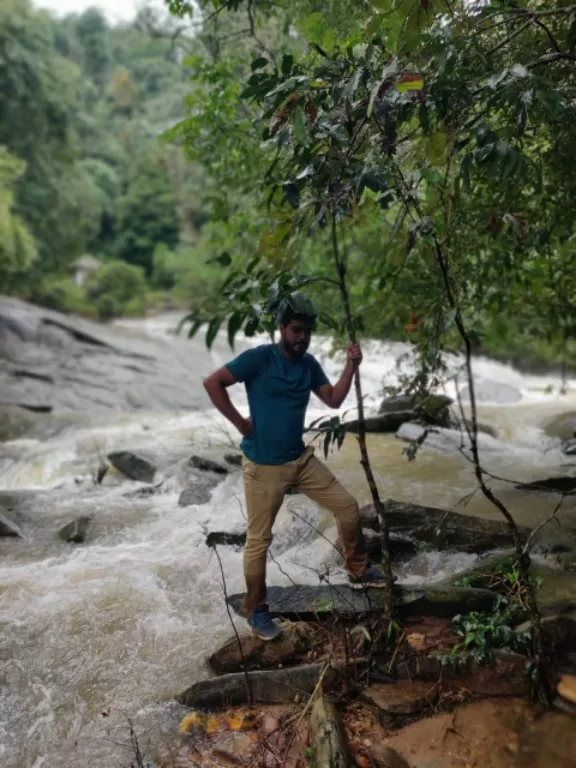
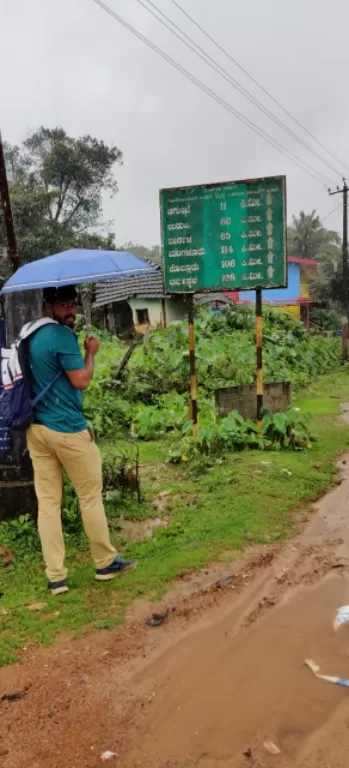
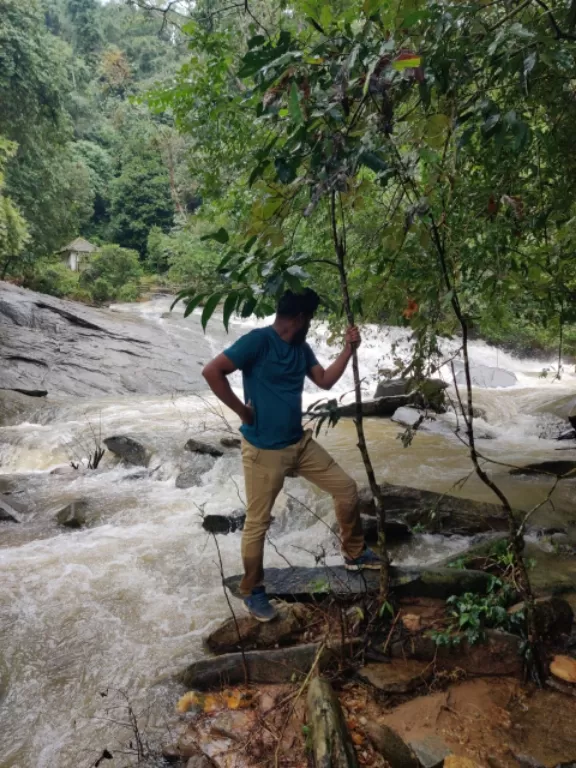
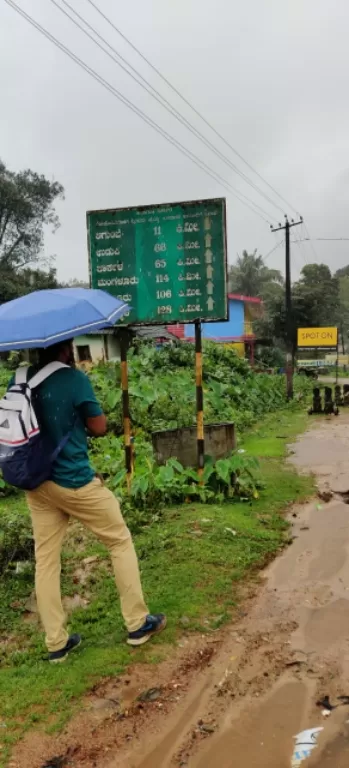
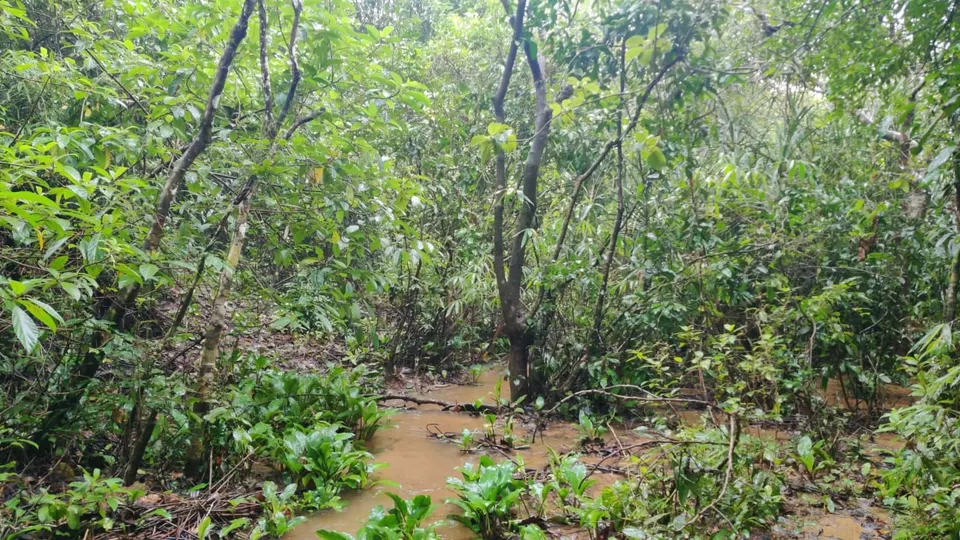
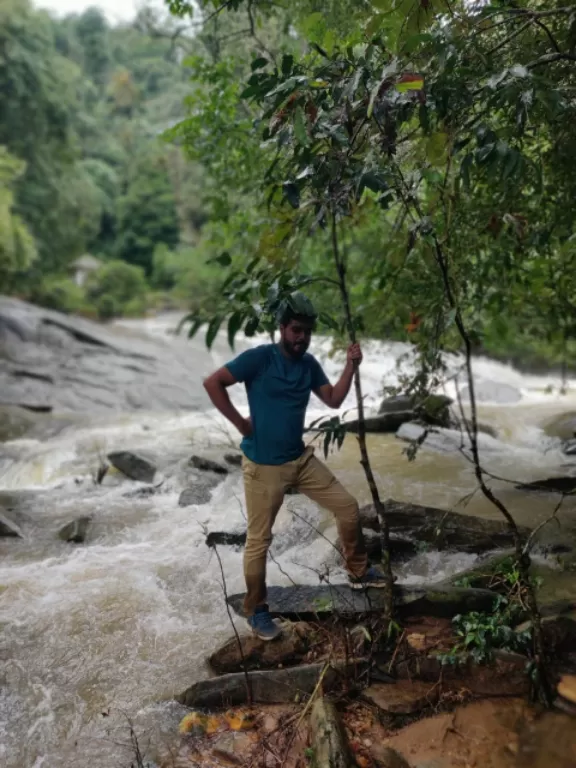
The bus slowly came out of forests covers, the climate was started to get more warm.The bus service between Agumbe and Sringeri was strong, we only waited for 10 mins at bidaragodu.Sringeri is located in entirely different district of Chickamngaluru..The name Sringeri is derived from Rishyashringa-giri, a nearby hill that is believed to have contained the heritage of Rishi Vibhandaka and his son Rishyashrimga. Rishyashringa appears in an episode in the Bala-Kanda of the Ramayana where a story, narrated by Vashishta, relates how he brought rains to the drought-stricken kingdom of Romapada.
According to legend, Adi Shankaracharya is said to have selected the site as the place to stay and teach his disciples, because when he was walking by the Tunga river, he saw a cobra with a raised hood, providing shelter from the hot sun, to a frog undergoing labour. Impressed with the place where natural enemies had gone beyond their instincts, he stayed here for twelve years. Adi Shankaracharya also established mathas in the northern (at Jyotirmath, near Badrinath), eastern (at Puri) and western (at Dwaraka) quarters of India.
Sringeri was a small town consisting of jain and Hindu temples.It has all the flavours of a spiritual town, from flower shops to lodges and some agraharas.Shringeri Mutt is one of the four Hindu Advaita maths established by Adi Shankaracharya. Following the tradition initiated by Adi Shankaracharya, the maţha is in charge of the Yajur Veda Yajurveda is more prevalent in South India, over which the maţha has authority in the Smarta tradition).The head of the matha is called Jagadguru (teacher to the world) and also carries the Shankaracharya name as a title. The present Sringeri Shankaracharya Shri Bharati Tirtha Swamiji has nominated Jagadguru Vidhushekhara Bharathi Mahaswami as his successor.
The entrance had a huge gopura constructed in 2014,the place is so peaceful.we walked towards the Vidyashankara temple near the shores of River Tunga.The temple was built in the year 1338 A.D., in commemoration of the pontiff Sri Vidyashankara, by Sri Vidyaranya, patron-saint of Harihara and Bukka, the brothers who founded the Vijayanagara empire. Inscriptions in the temple record contributions made by several Vijayanagara emperors but the temple was probably built on an earlier Hoysala site as it combines Hoysala (Chalukya) and Vijayanagara (Dravida) architectural features. It is built entirely of stone and stands on a high plinth, more or less a rectangle with apisidal east-west ends. On the western side is the garbhagriha, with Vidya Ganapati on one side and Durga on the other side. On the other three sides of the garbhagriha are shrinesIn the eastern half of the structure is a mantapa with twelve pillars (popularly known as rashi stambhas), marked by the twelve signs of the zodiac. The rays of the sun fall on each of them in the order of the twelve solar months. On the floor is a large circle, marked with converging lines to indicate the direction of the shadows. The central ceiling is an exquisite piece of workmanship with lotus and pecking parrots.South of the Sri Sharadamba temple, across the Tunga river, in Narasimha Vana. A foot bridge, called Vidyatheertha Setu connects the two sides. The Sringeri Sharada Peetha is also called Dakshinamnaya Sringeri Sharada peetam.
We had meals from the ashram, and walked to Sringeri bus stand.we are ending our journey at Sringeri and waited for 3 hrs
for a bus to Mangalore. The journey with the local school kidsand their parents reminded me about my beautiful school days and the rainy seasons in Kerala.The bus passed through dense forests of Kudremukh and the enchanting Jain basadis at Karkala and kerekatte. It was a long 5hr journey again to Mangaluru, transportation was a big challenge for us all over the voyage.The land of rain made a great impression in my soul.It was a wonderful experience.!!!
